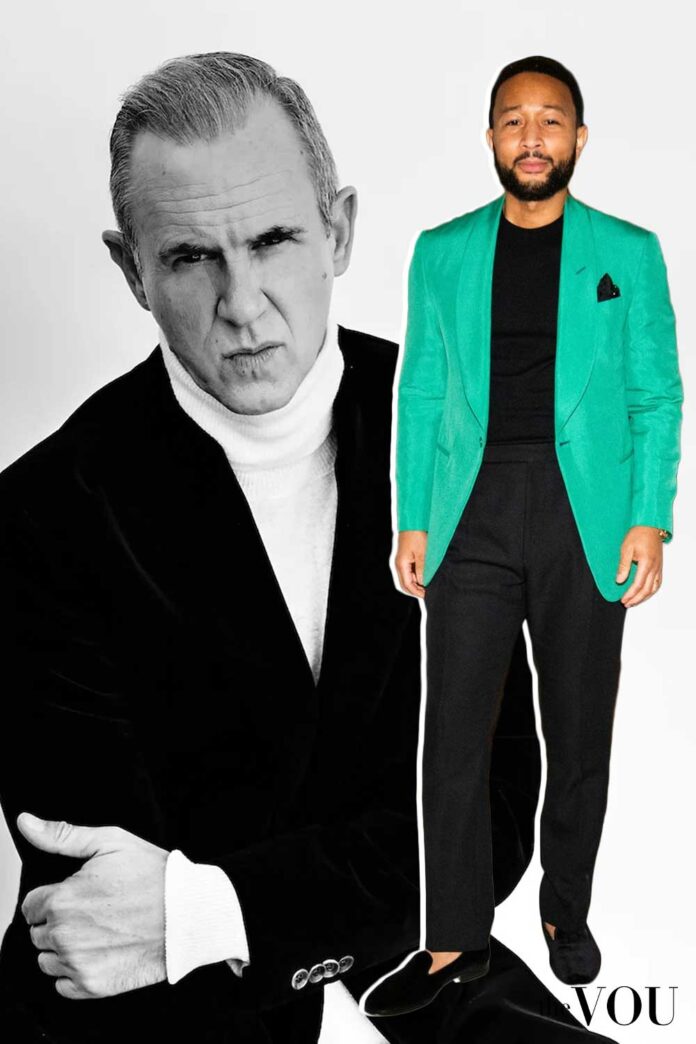Nowadays, as your social and professional success depends so much on your personal image, having a personal stylist on speed dial is paramount.
However, with so many self-proclaimed stylists online, finding a genuine, highly qualified, and experienced personal stylist for men is easier said than done.
If you’re unsure about whether to hire an image consultant or a personal stylist, this guide can help you understand the key differences.
So, how do you find the best personal stylist for your needs, whether you want to refresh your wardrobe, refine your style, or get advice on what suits you best?
In this article, we’ll discuss the essential questions you should ask when choosing a highly experienced personal stylist and how to know if it is the best for you.
Expertise in Men’s Body Shapes
Understanding the client’s unique body shape is one of the most important factors in personal styling.
Not all clothes suit every body type, and the right personal stylist will know how to select garments that enhance your best features while balancing proportions.
Before hiring a stylist, you must ensure a high level of experience working with your specific body shape.
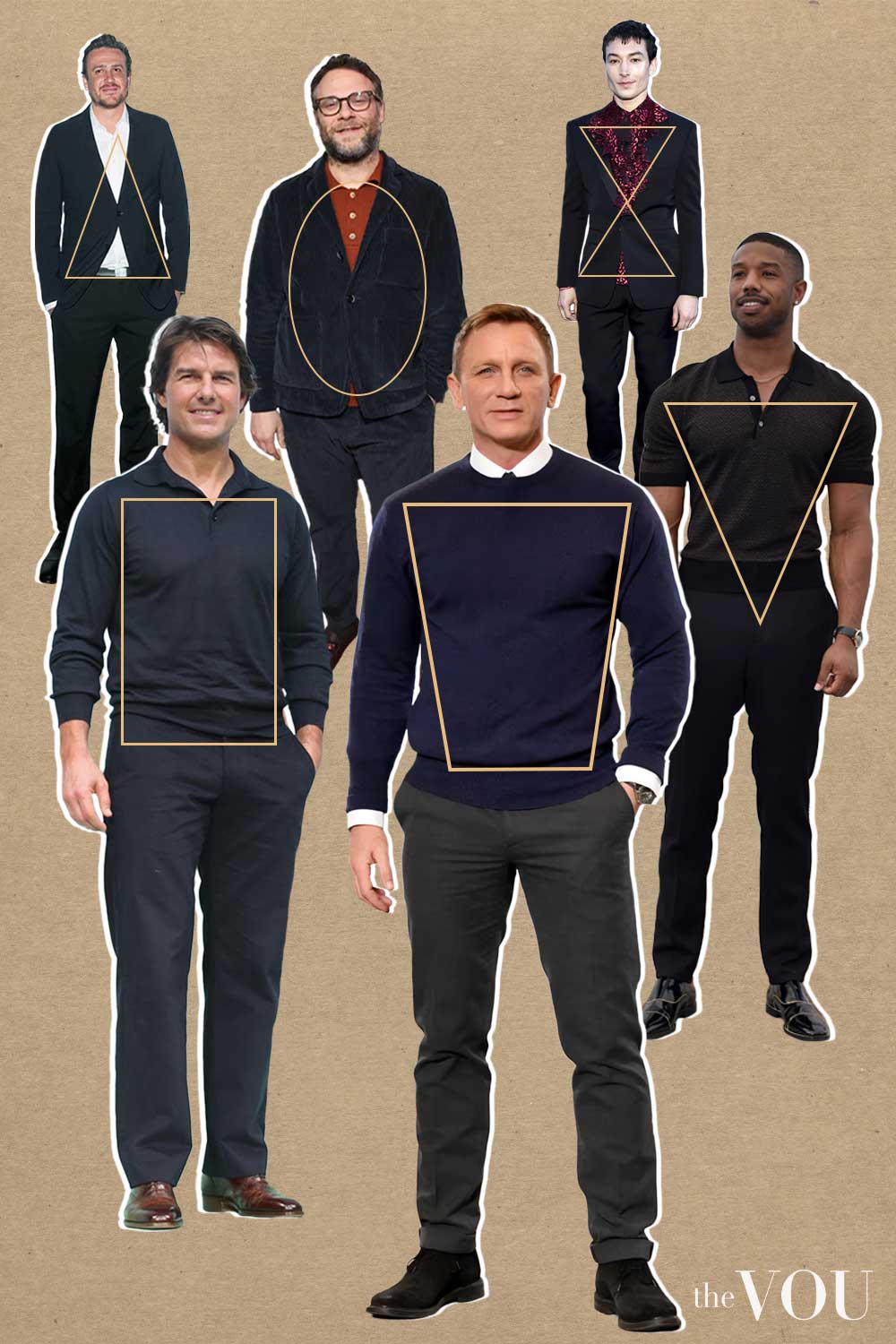
Genuine personal stylists will offer free body shape assessments and tailor recommendations to your figure, helping you feel confident in your clothing choices.
The six primary male body shapes for men are trapezoid, inverted triangle, rectangle, oval, triangle, and hourglass.
Here’s a breakdown of how the right stylist should approach each body shape:
1. Trapezoid – This body shape is well-proportioned, with broad shoulders and a narrower waist and hips. A personal stylist will focus on clothing that accentuates this naturally balanced figure. Most styles suit this shape, but a good stylist will know how to enhance your proportions with fitted clothing that maintains the balance.
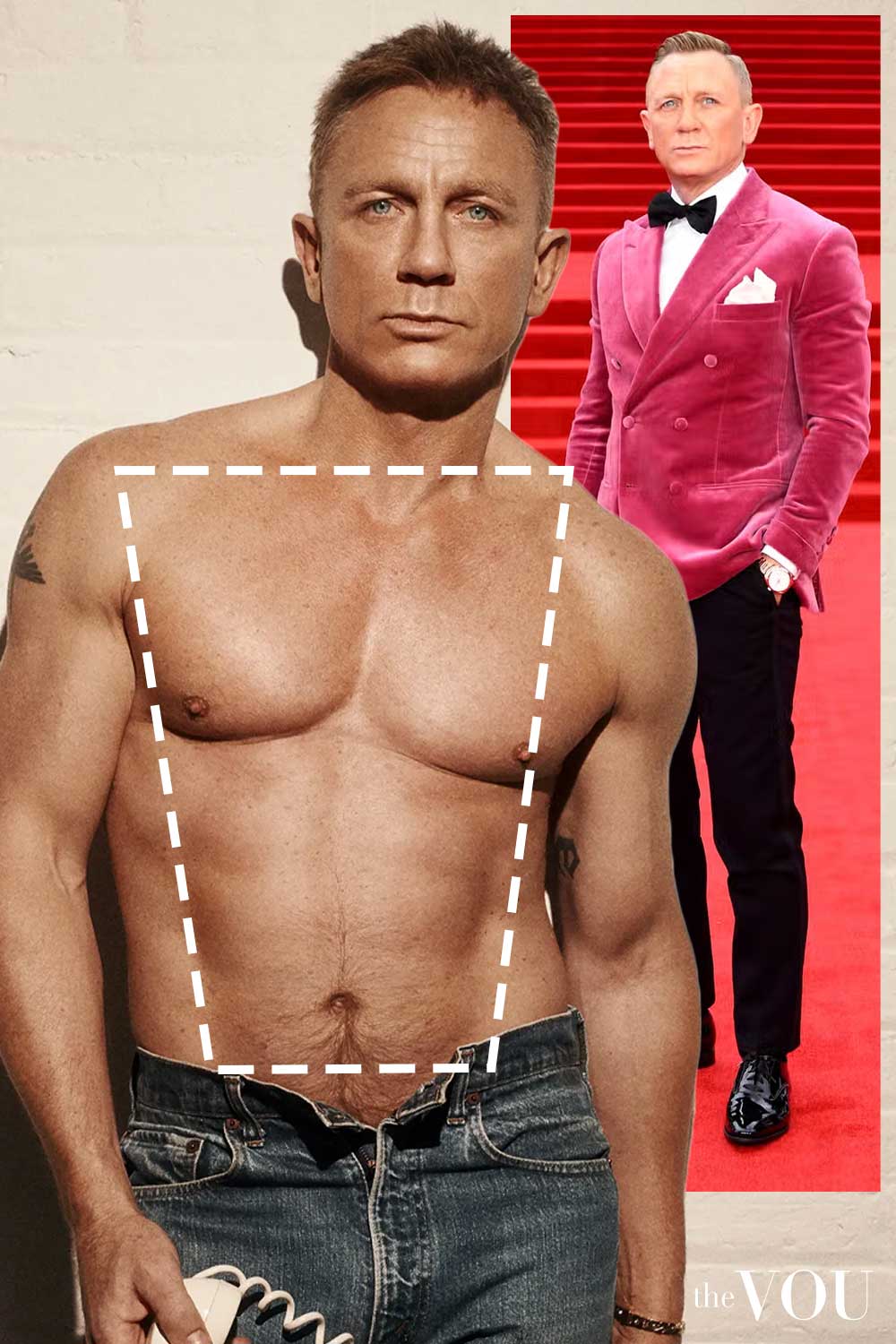
2. Inverted Triangle – Men with broad shoulders and a narrow waist fall into this category. A personal stylist will often focus on fitted clothing that highlights the chest and shoulders without making the upper body look disproportionately large. Tailored shirts and structured jackets work well to maintain balance.
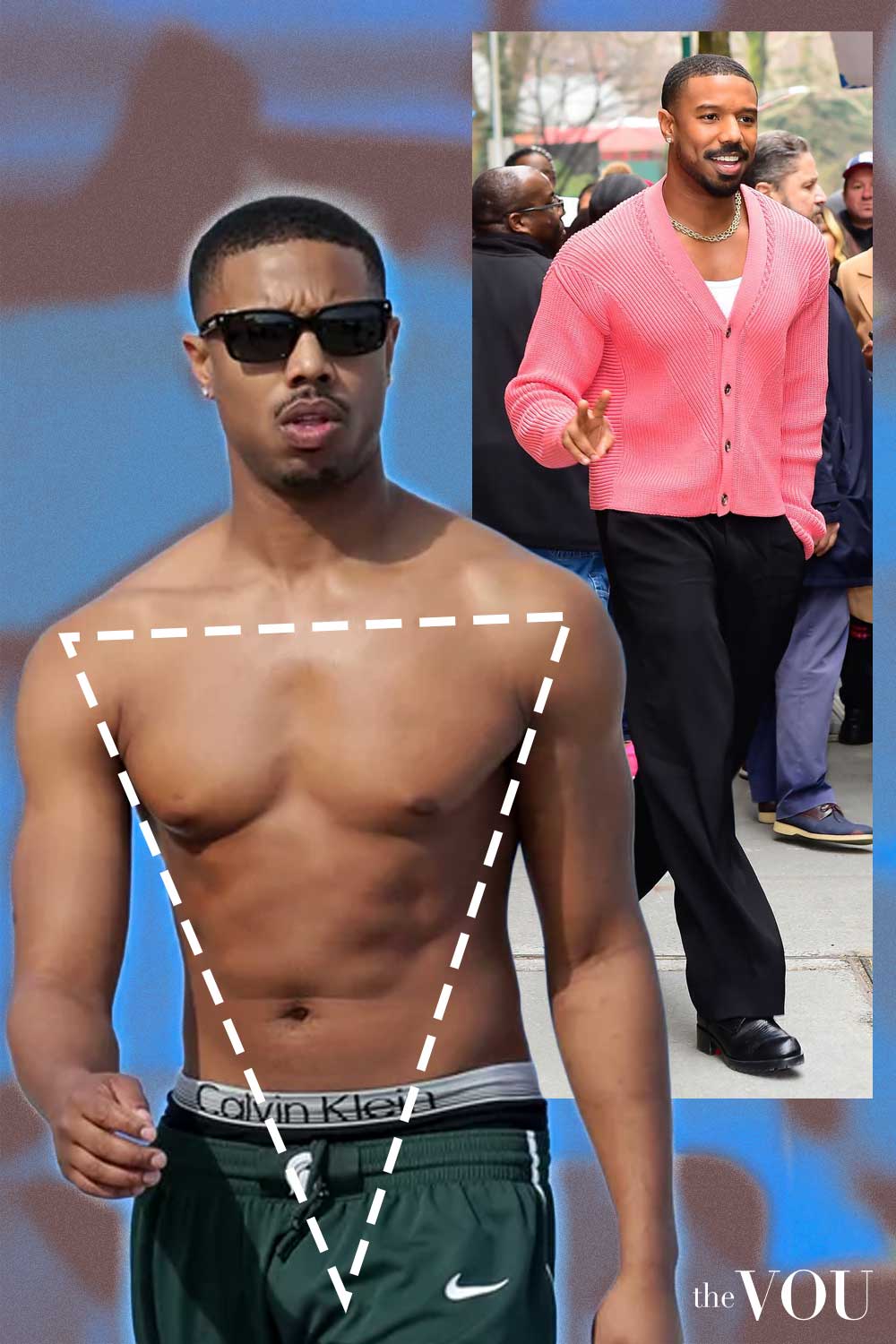
3. Rectangle – Men with shoulders, waist, and hips all roughly the same width have a rectangular shape. A skilled stylist will use structured clothing or layering to create more definition in the upper body and add visual interest around the shoulders and chest.
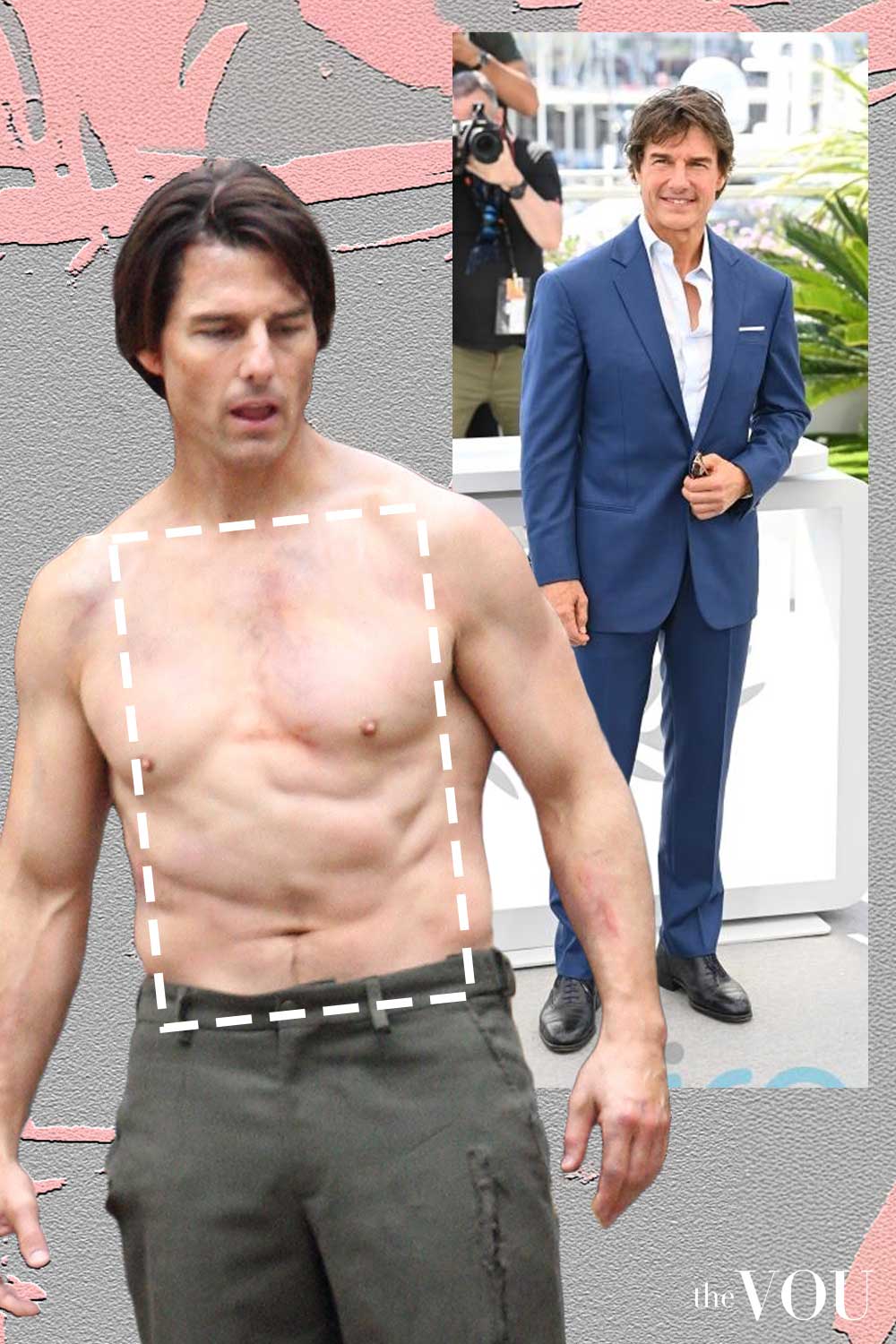
4. Oval – This body shape is characterised by a fuller midsection and narrower shoulders. A personal stylist will focus on creating a slimming effect by using vertical lines and darker colours while adding definition to the shoulders with well-structured jackets or blazers.
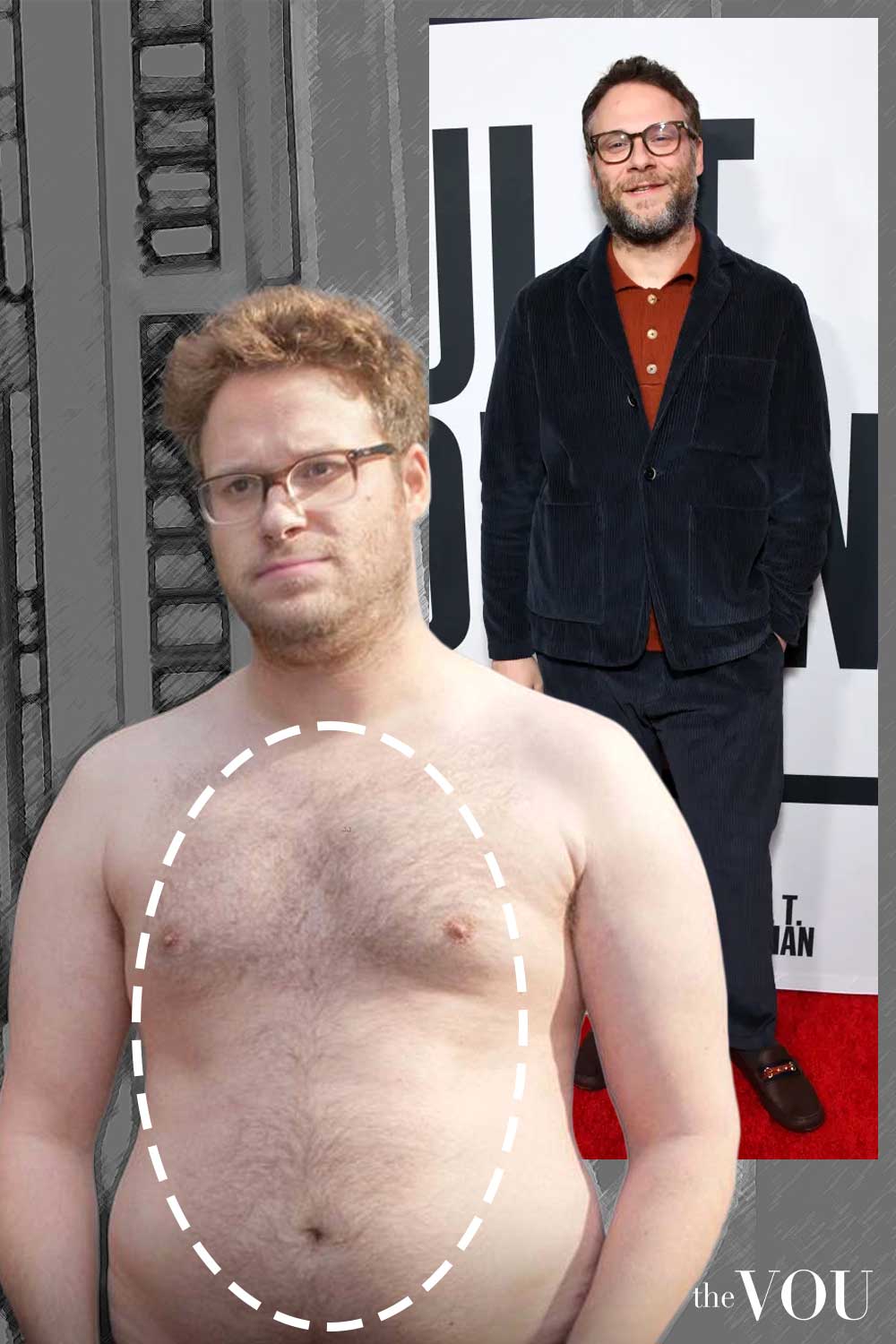
5. Triangle – Men with wider hips and a narrower chest fall into the triangle category. A good personal stylist will create balance by emphasising the upper body, using structured jackets and fitted tops that broaden the shoulders and chest.
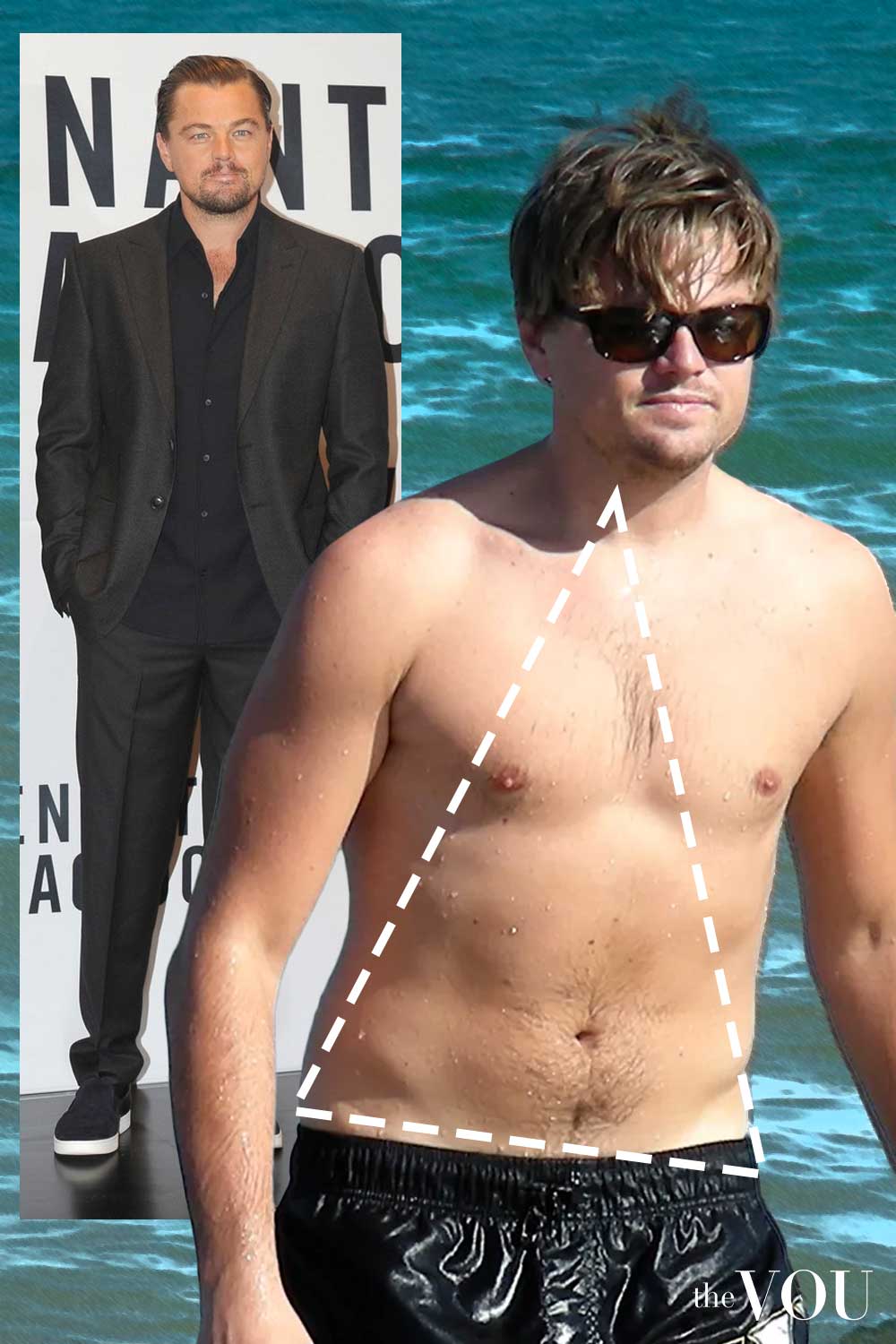
6. Hourglass – Although traditionally associated with women, some men exhibit an hourglass shape characterised by a defined waist and balanced shoulders and hips. Your personal stylist should work to accentuate the waist while ensuring the upper and lower body proportions are harmonised.
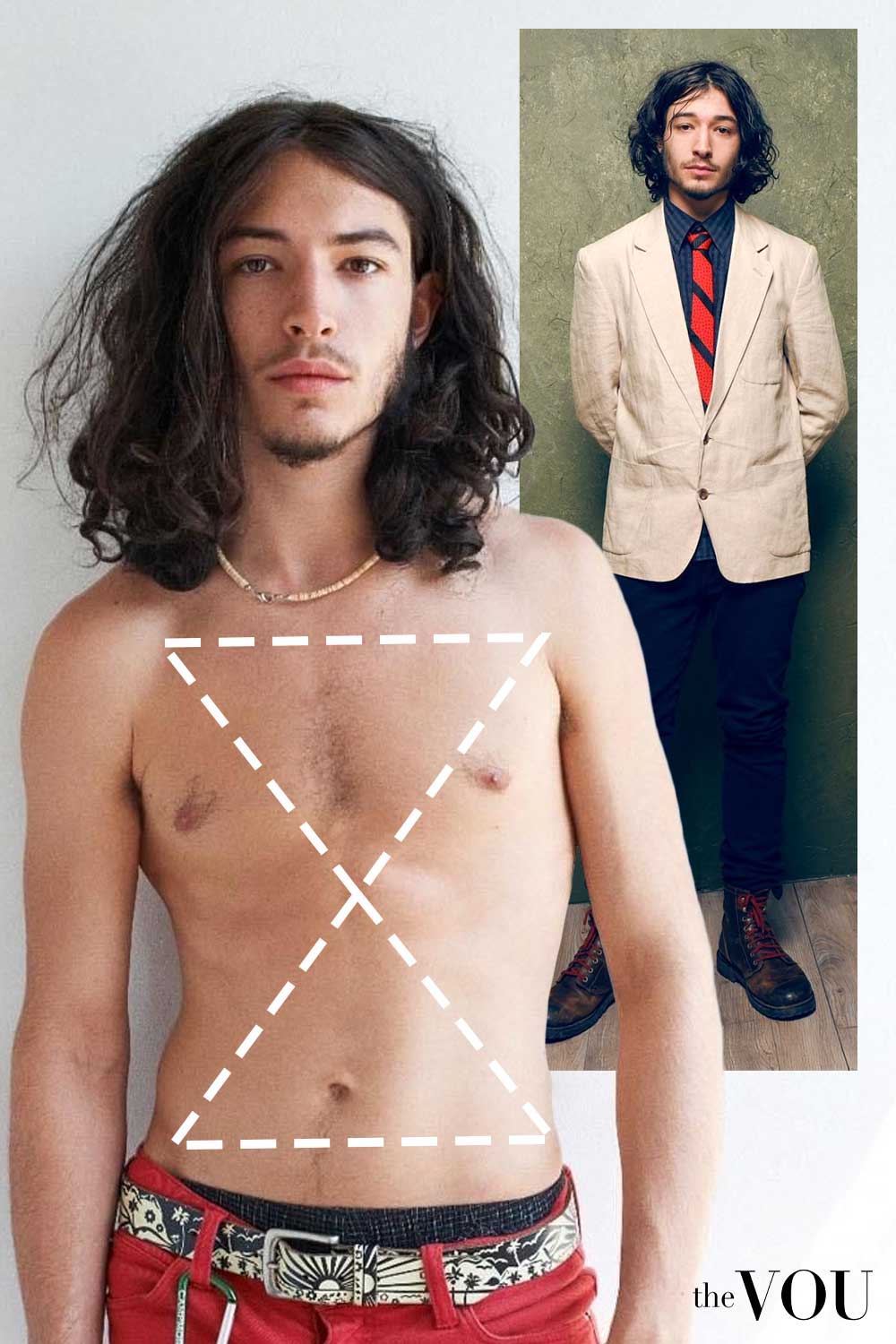
Expertise in Seasonal Colours for Men
While fit and style are crucial, the colours you wear have an equally transformative effect on your appearance.
This is where seasonal colour analysis comes in – a great method for determining which outfit, footwear, and accessories complement your natural skin tone, hair, and eye colour.
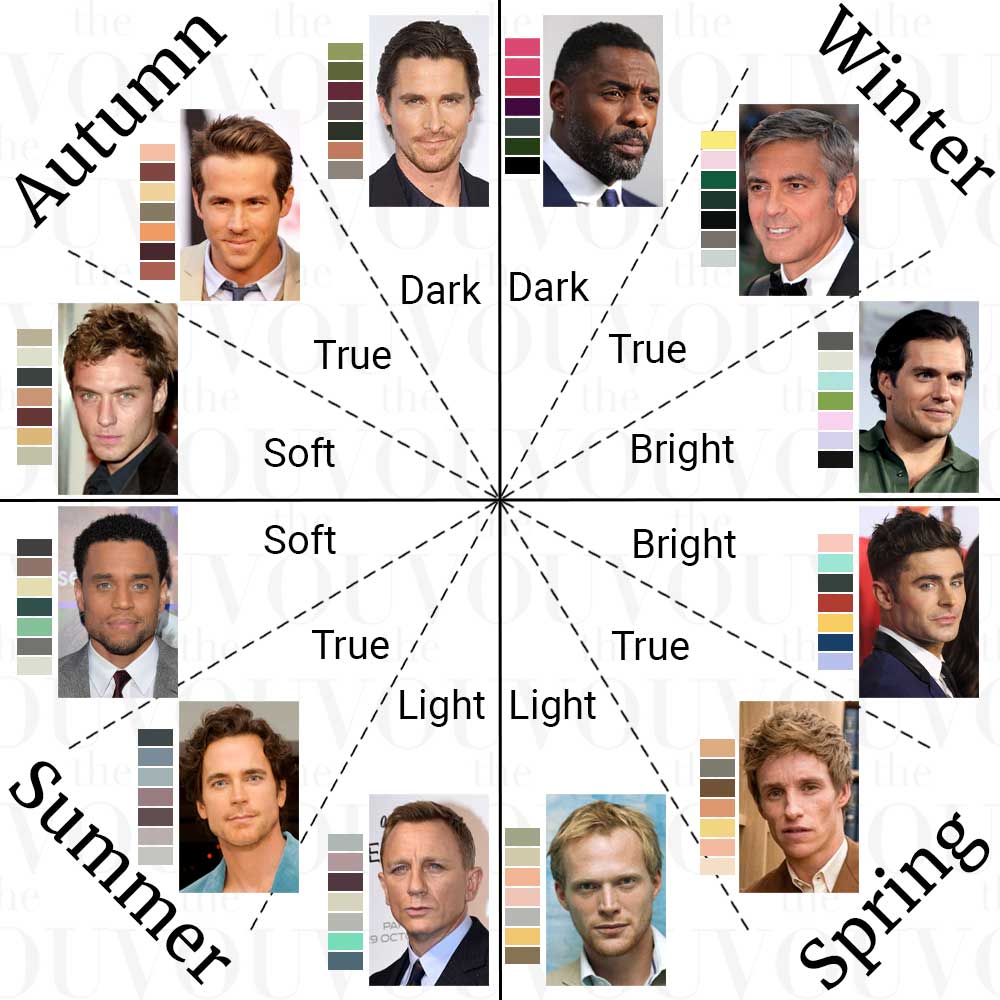
Highly skilled personal stylists are well-versed in this technique, ensuring the clothes they select and recommend fit well and enhance your overall appearance.
Seasonal colour analysis divides men into four colour categories: spring, summer, autumn, and winter.
Each season corresponds to specific colour palettes that work best based on your natural undertones. Here’s a breakdown of what each season represents:
Spring – Men with warm undertones, light skin, and golden or red hair often fall into the spring category. They look best in warm, bright colours such as coral, peach, and light greens.
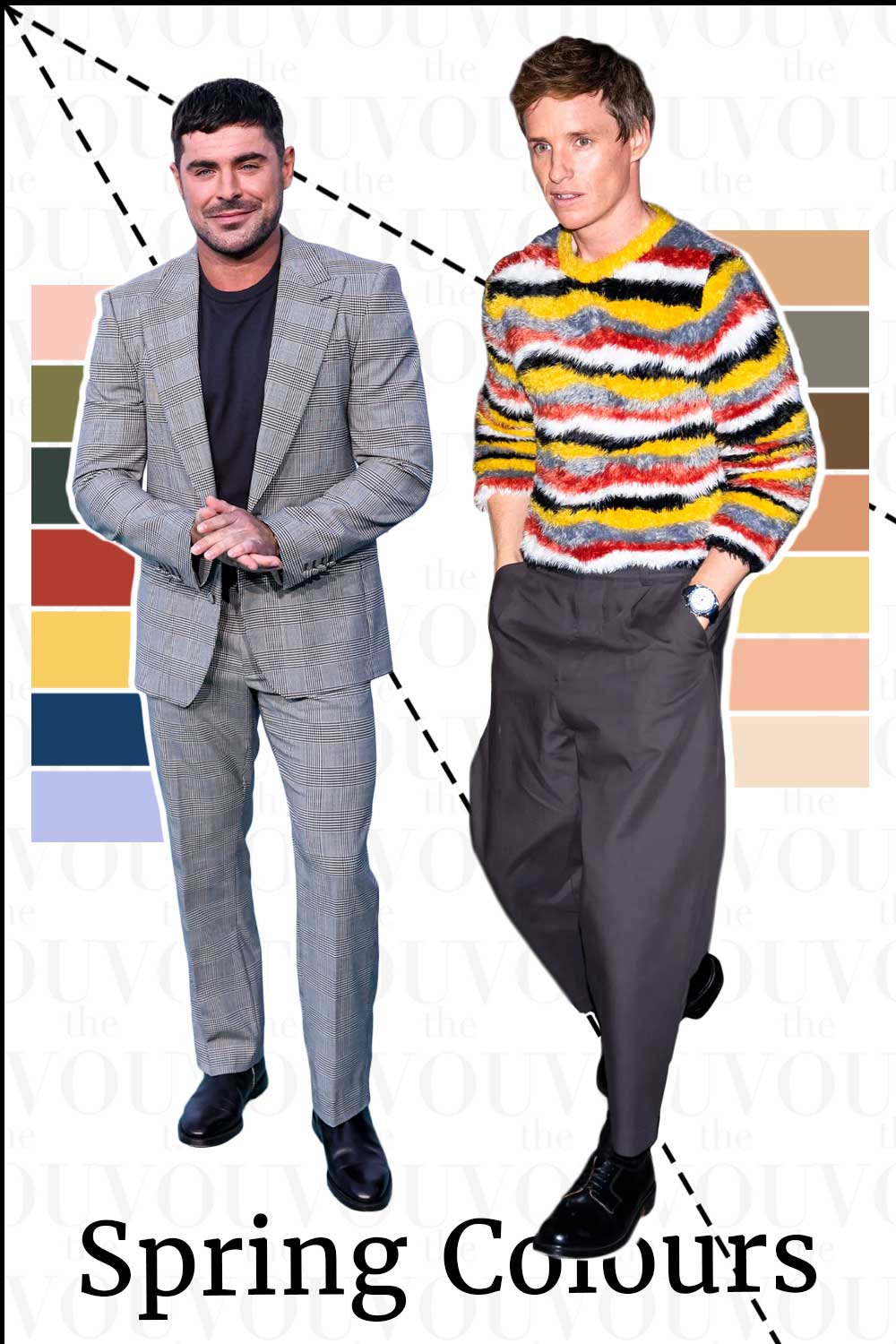
Summer – Men in the summer category have cool undertones and lighter features, such as pale skin and light hair. Soft, cool colours like pastels, light blues, and lavender are ideal for them.
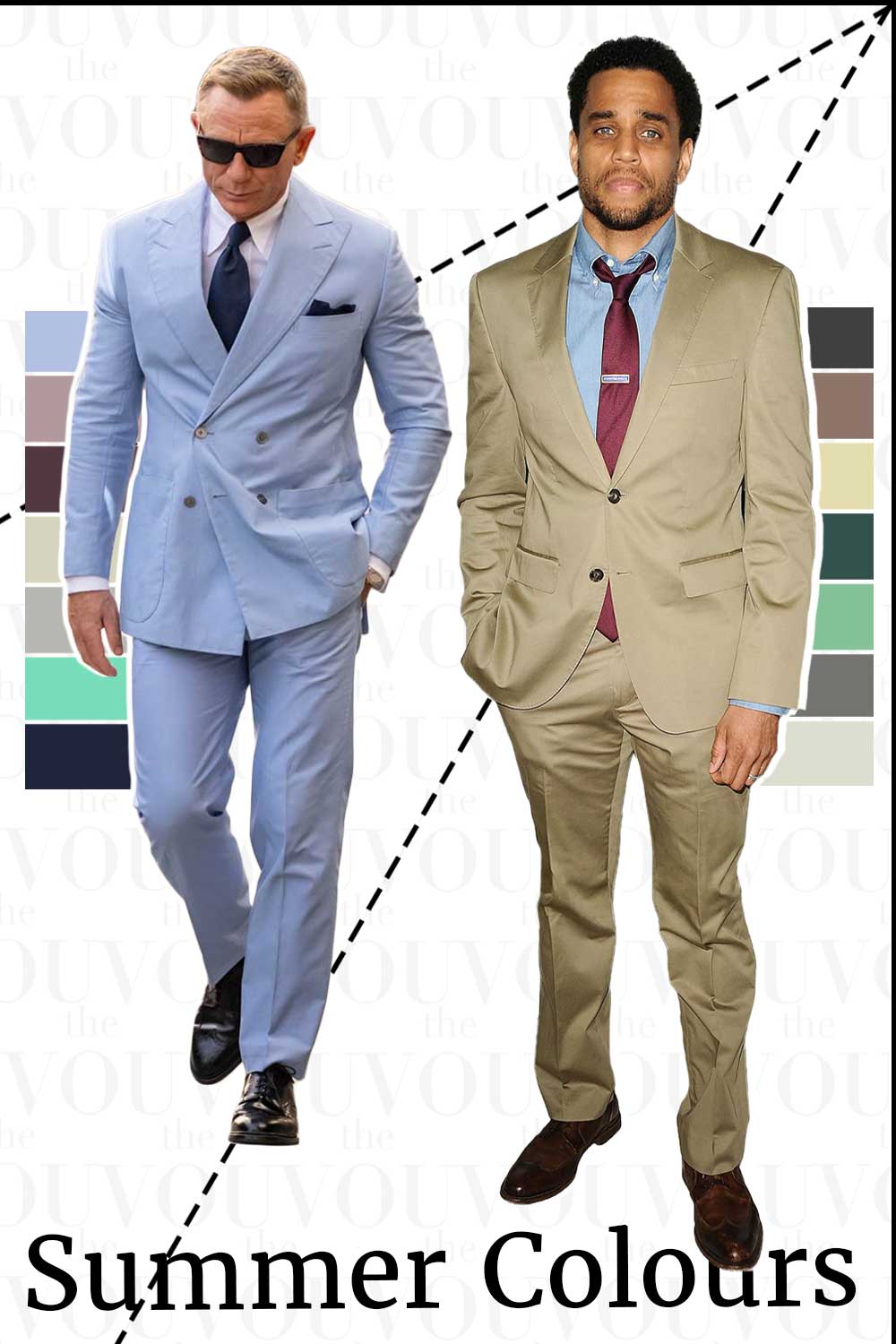
Autumn – Autumn men have warm undertones, darker hair, and a rich complexion. They shine in earthy tones like olive, mustard, rust, and deep browns.
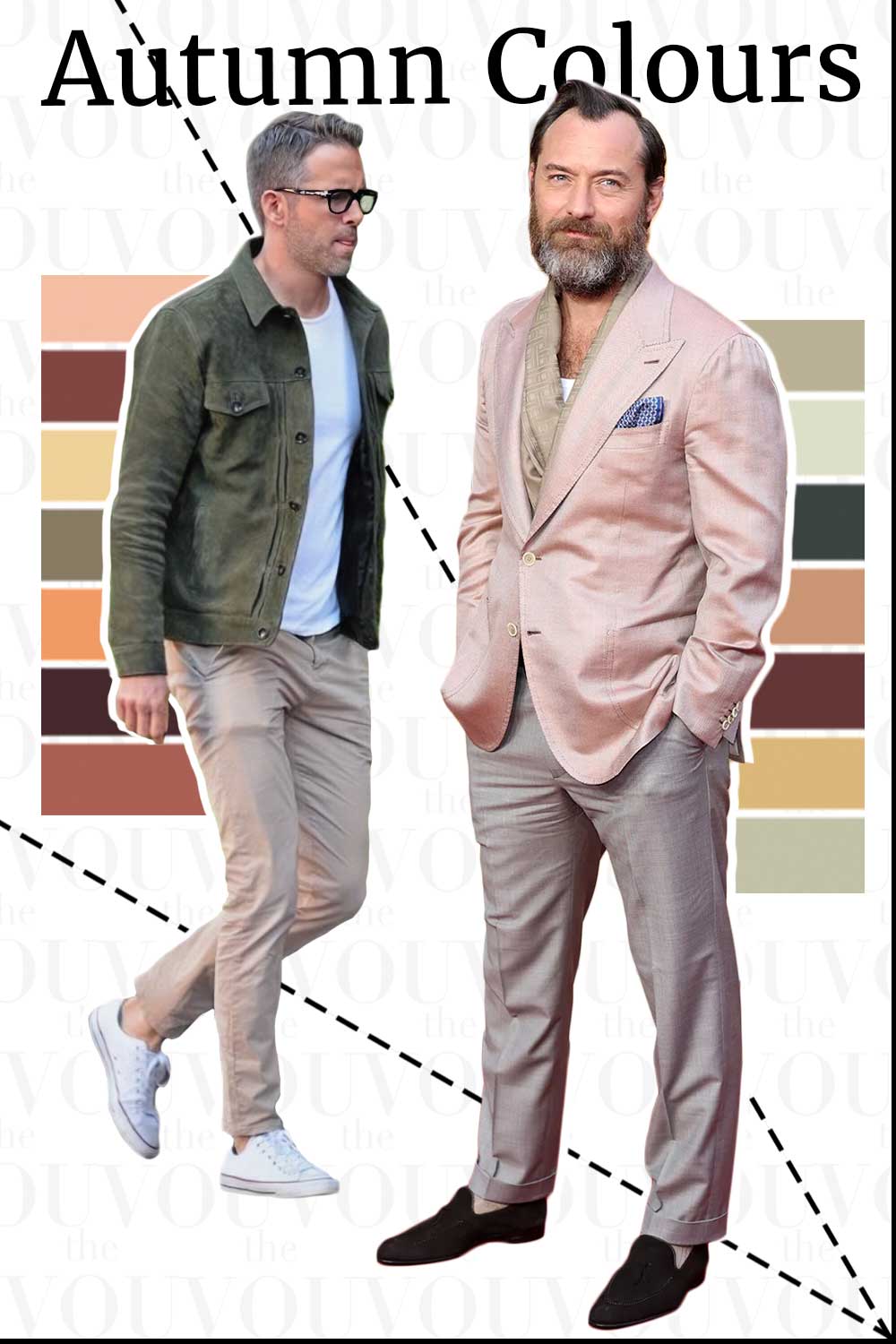
Winter – Men with winter colouring usually have cool undertones, dark hair, and fair to olive skin. They look great in bold, cool shades such as navy, black, and deep red.
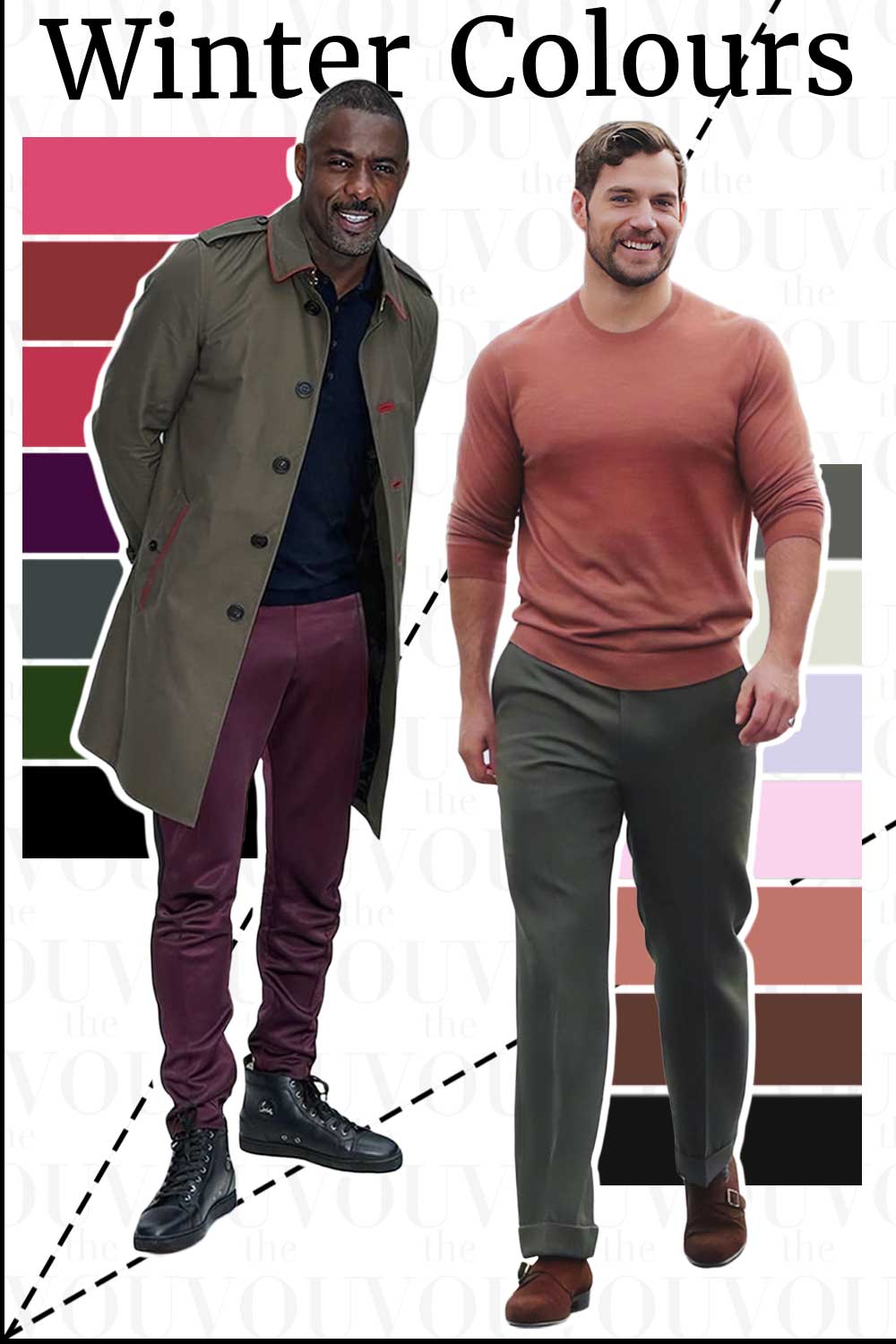
Before choosing a personal stylist, it’s essential to make sure they understand the importance of seasonal colours and how to incorporate them into your wardrobe.
A good stylist will use these palettes to build a cohesive, flattering wardrobe, ensuring that every piece you wear complements your natural features and makes you look your best.
Expertise in Existing Fashion Styles
A truly versatile and knowledgeable personal stylist should be well-versed in a wide range of established fashion styles.
This expertise allows them to help you find a fashion style that resonate with your personality and lifestyle, or help you experiment with new aesthetics.
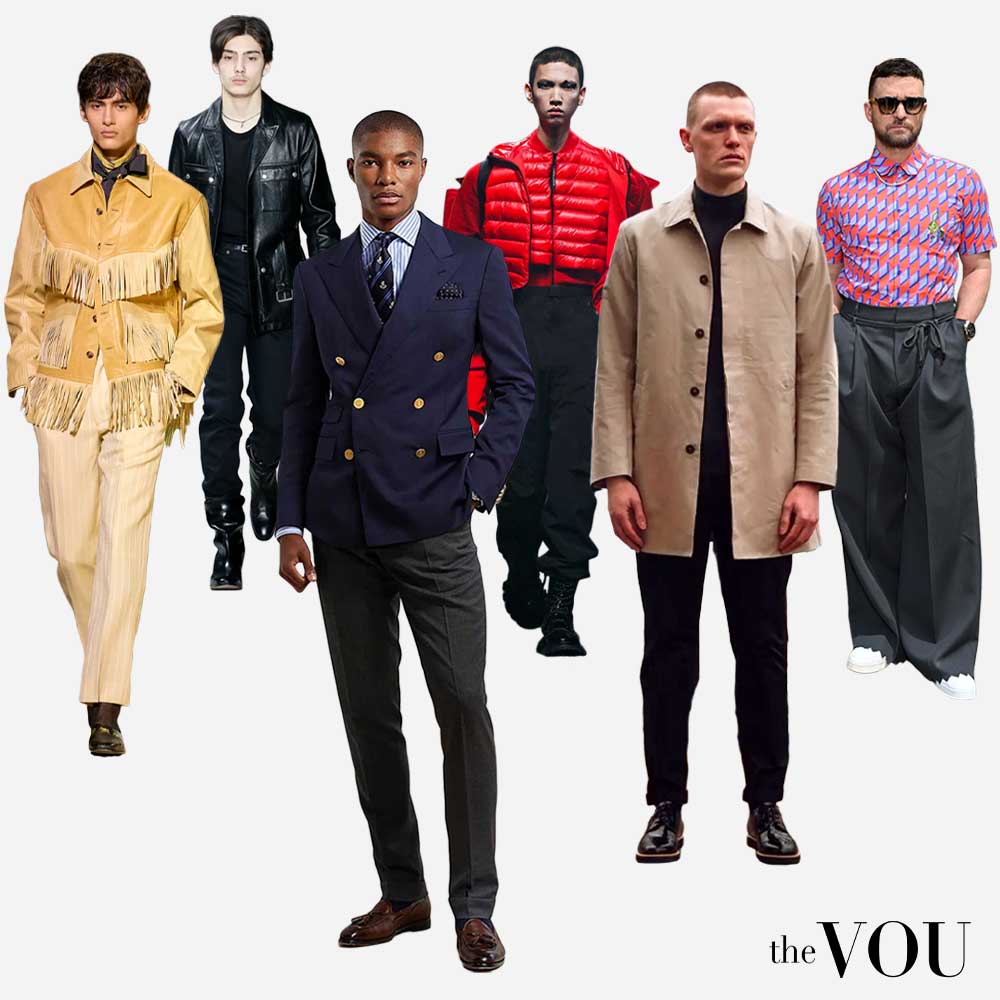
When selecting a stylist, ensure they have a deep understanding of various fashion styles, including but not limited to:
- Classic Old Money – A timeless, refined style associated with traditional wealth, featuring tailored suits, quality knitwear, and understated luxury items.
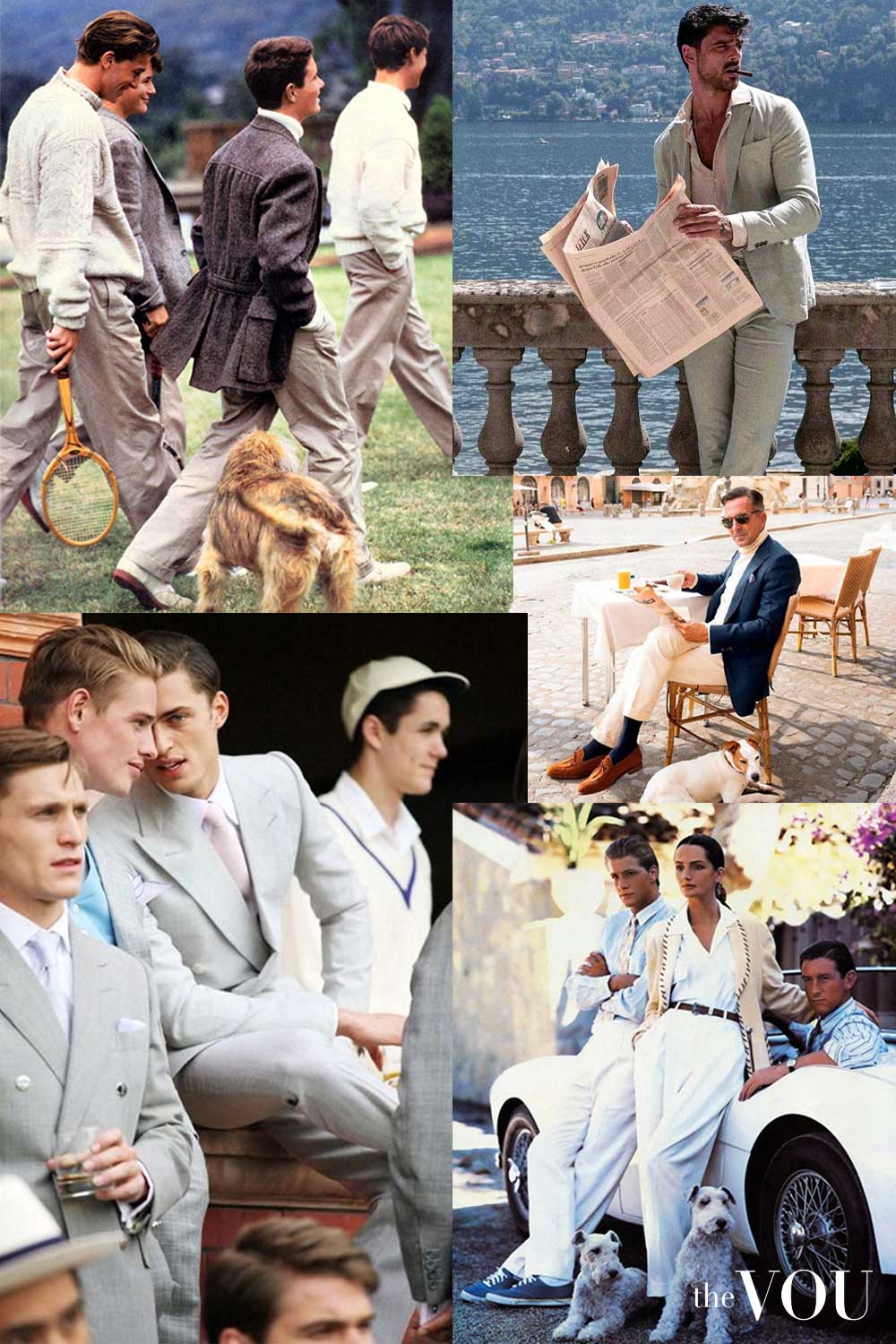
- Preppy – A clean-cut, classic American style characterised by Oxford shirts, blazers, chinos, and loafers.
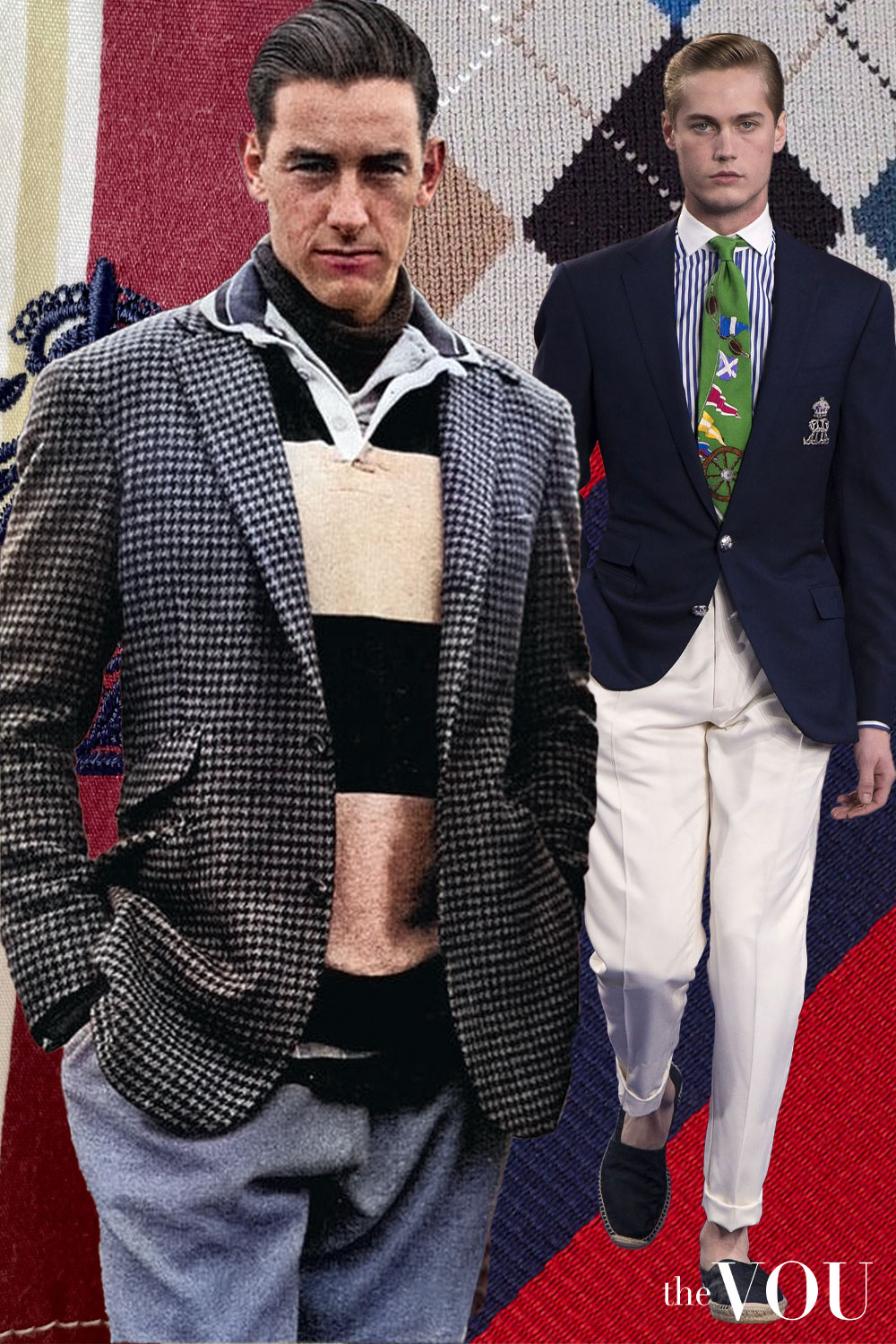
- Sloane Ranger – A distinctly British upper-class style, featuring tweed jackets, Wellington boots, and countryside-inspired attire.
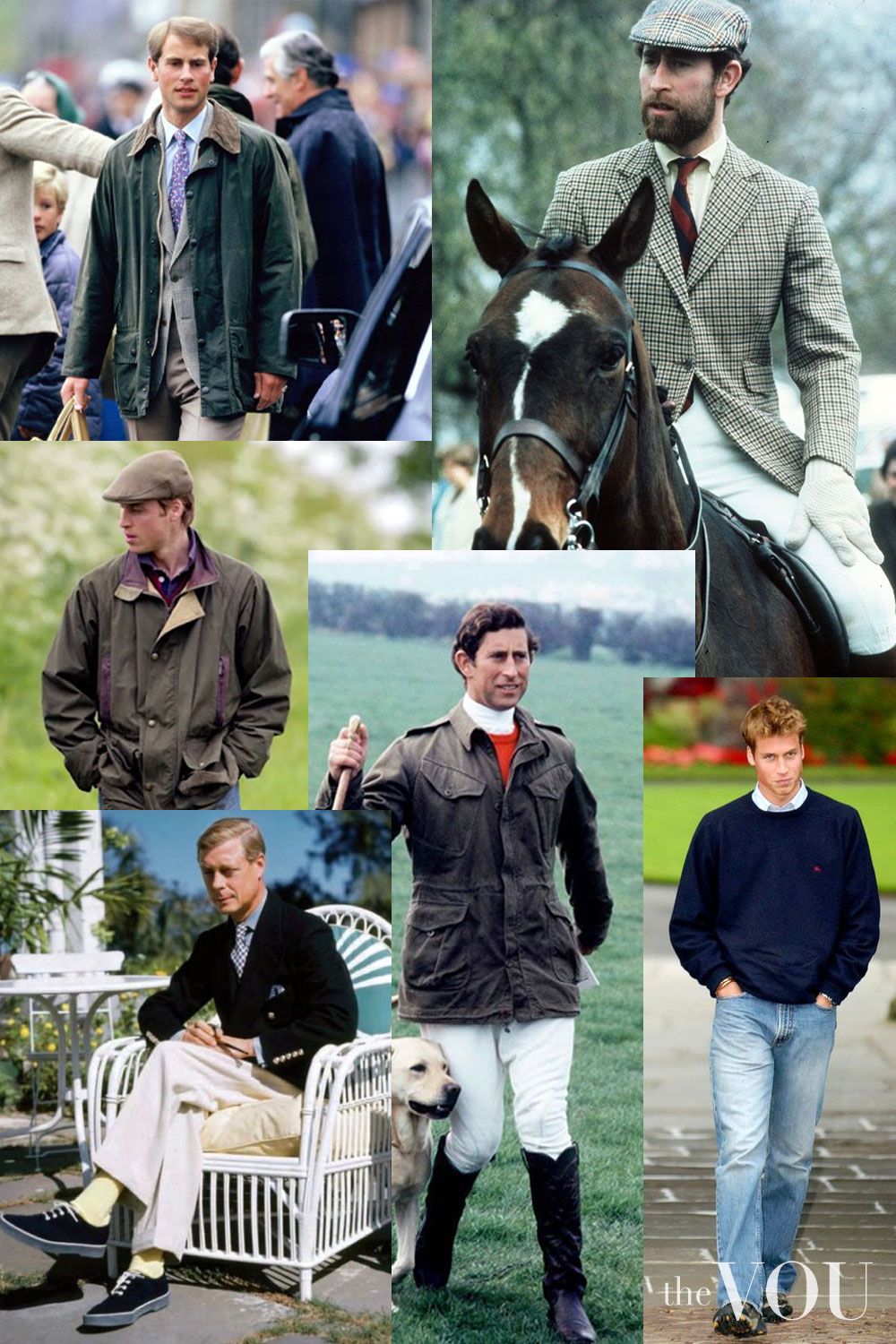
- Dandy – A refined, elegant style that pays particular attention to classic tailoring and bold accessories.
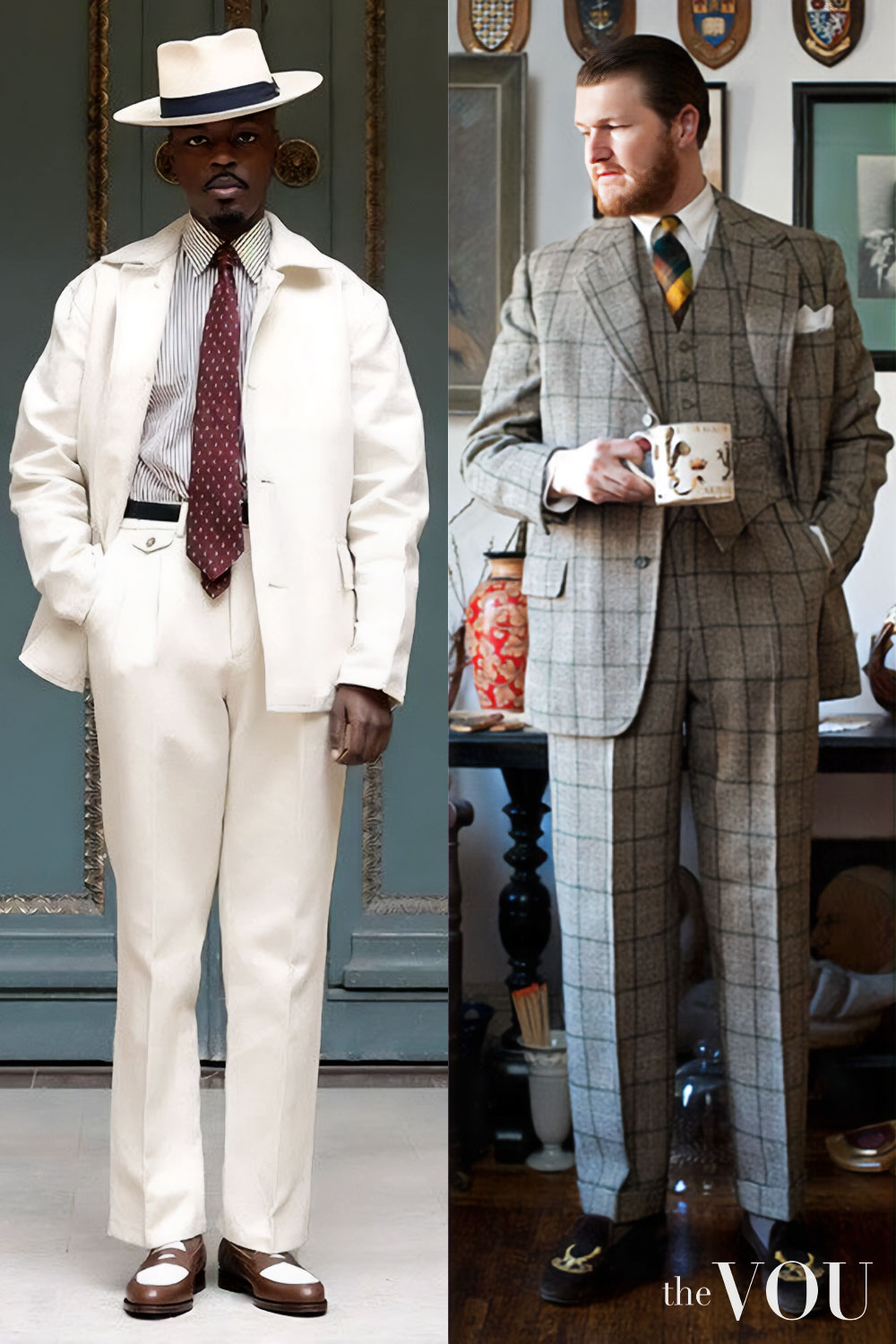
- Bohemian/Boho Chic: A free-spirited style mixing vintage and modern pieces, often including flowing fabrics and eclectic accessories.
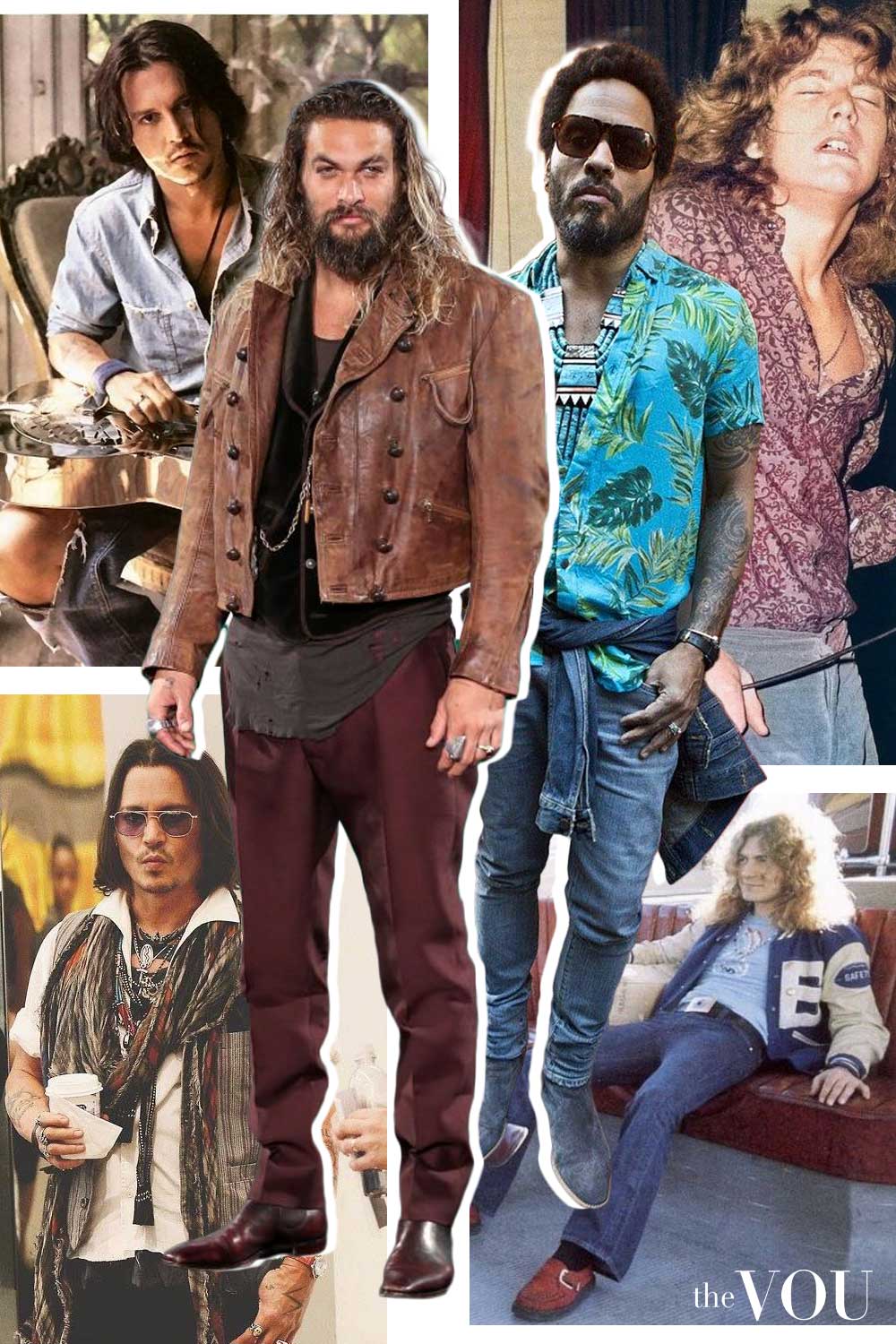
- Hipster: A style that embraces indie culture and often includes vintage clothing, thick-rimmed glasses, and artisanal or craft elements.
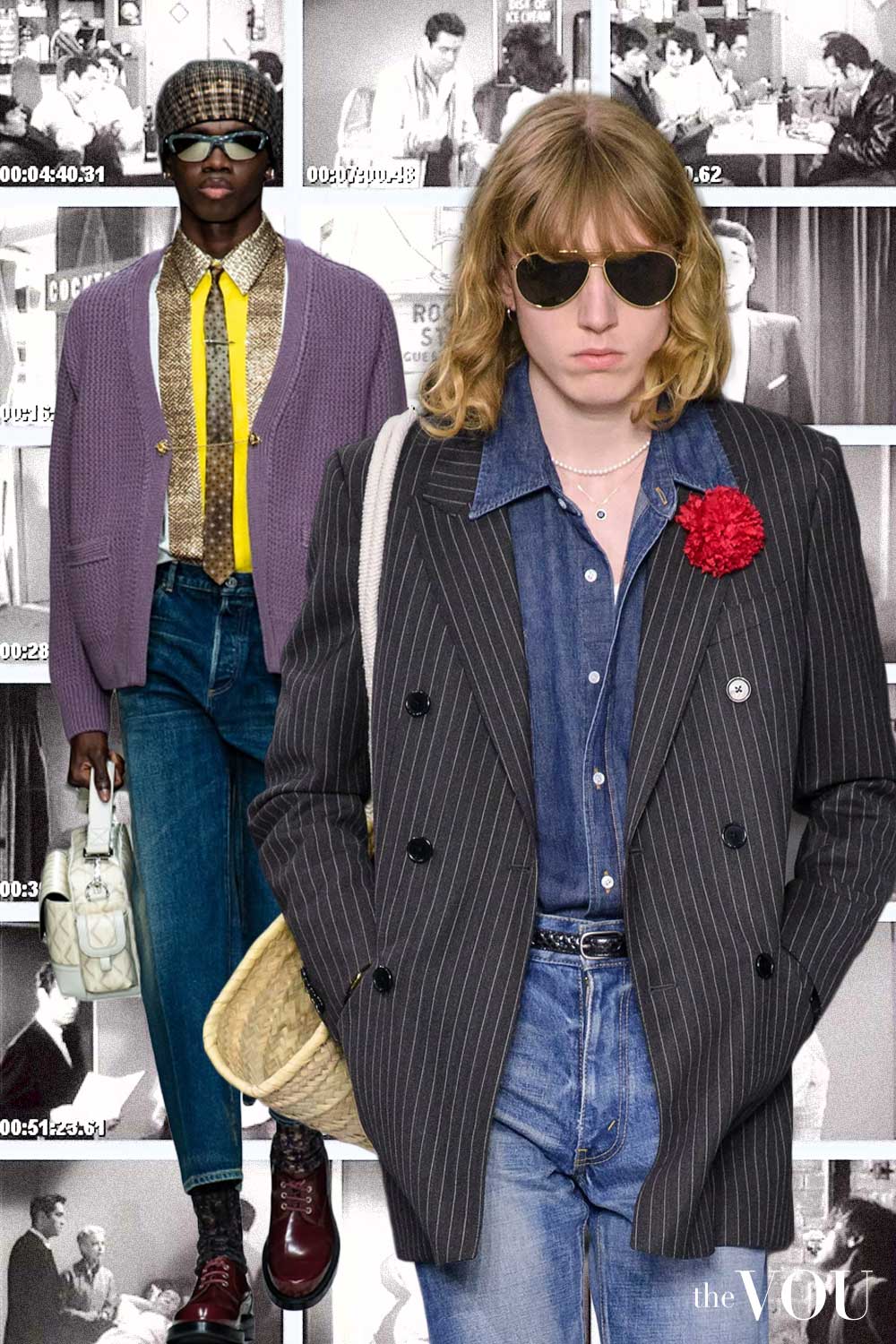
- Vintage: A style that incorporates clothing and accessories from past decades, often mixed with modern pieces.
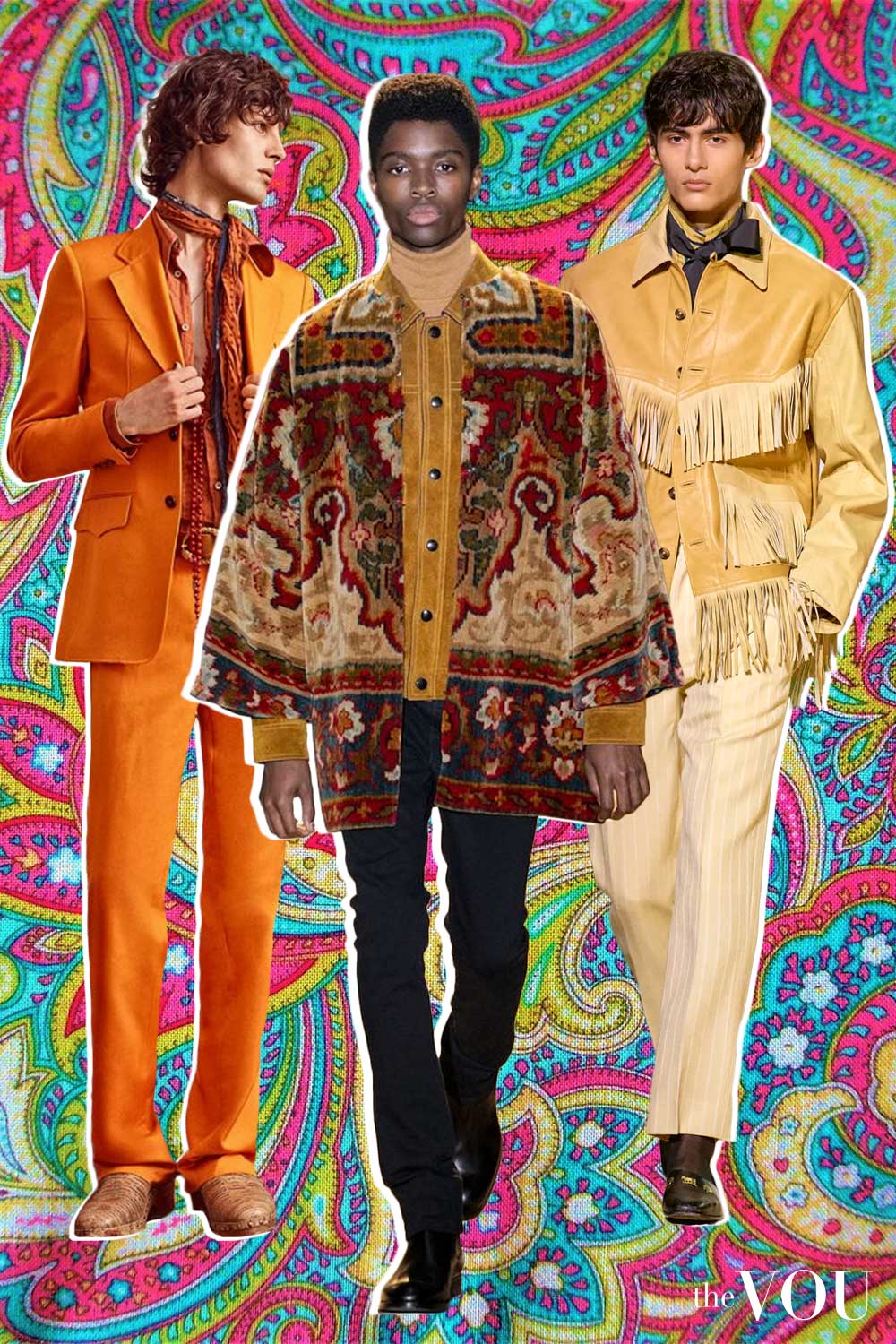
- Retro: A modern interpretation of styles from past decades, particularly the 50s, 60s, and 70s.
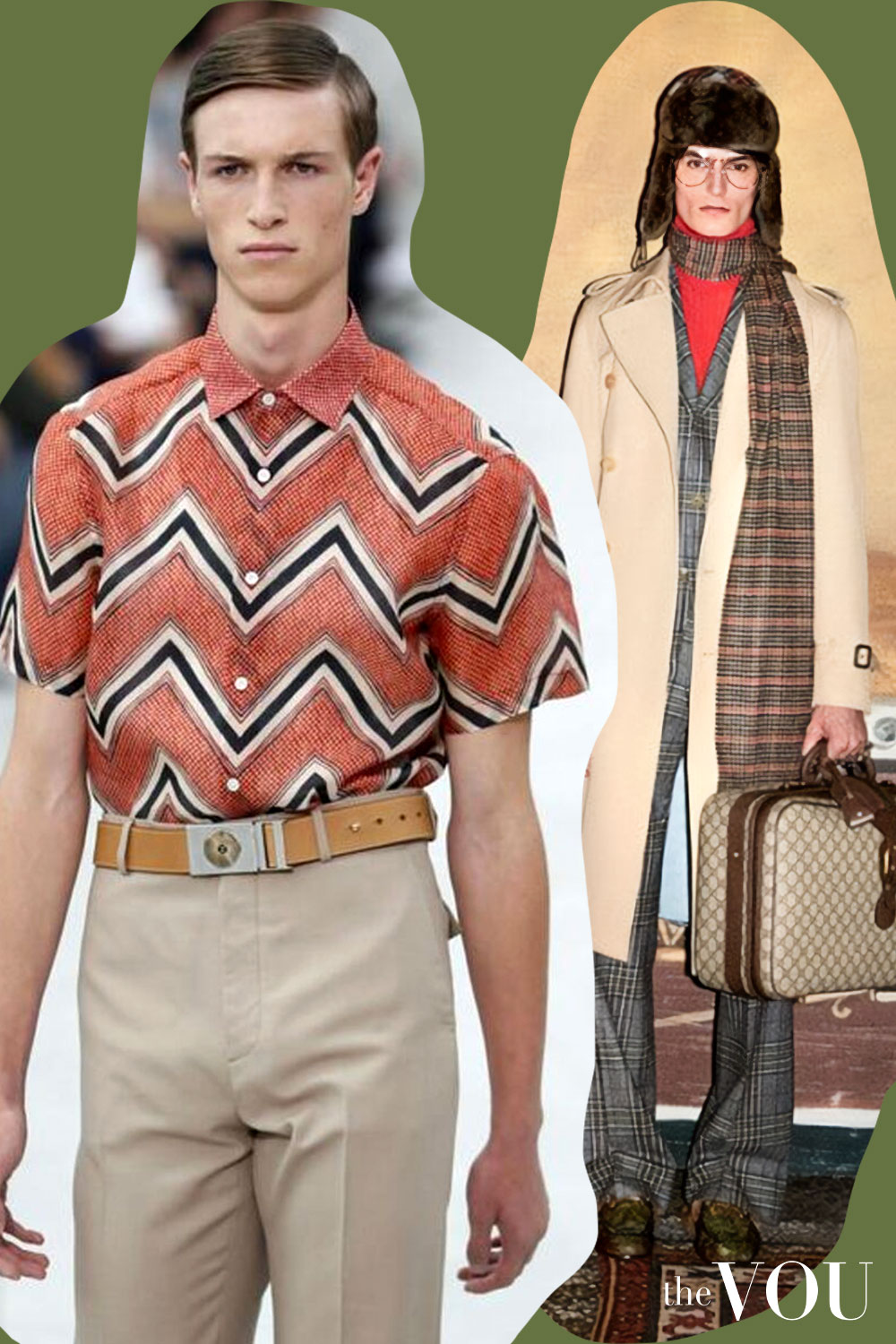
- Grunge: A style inspired by 90s rock culture, featuring oversized flannel shirts, ripped jeans, and combat boots.
- Punk: An edgy, rebellious style incorporating leather jackets, band t-shirts, ripped jeans, and statement accessories.
- Rock: Similar to punk but often more polished, featuring leather jackets, skinny jeans, and boots.
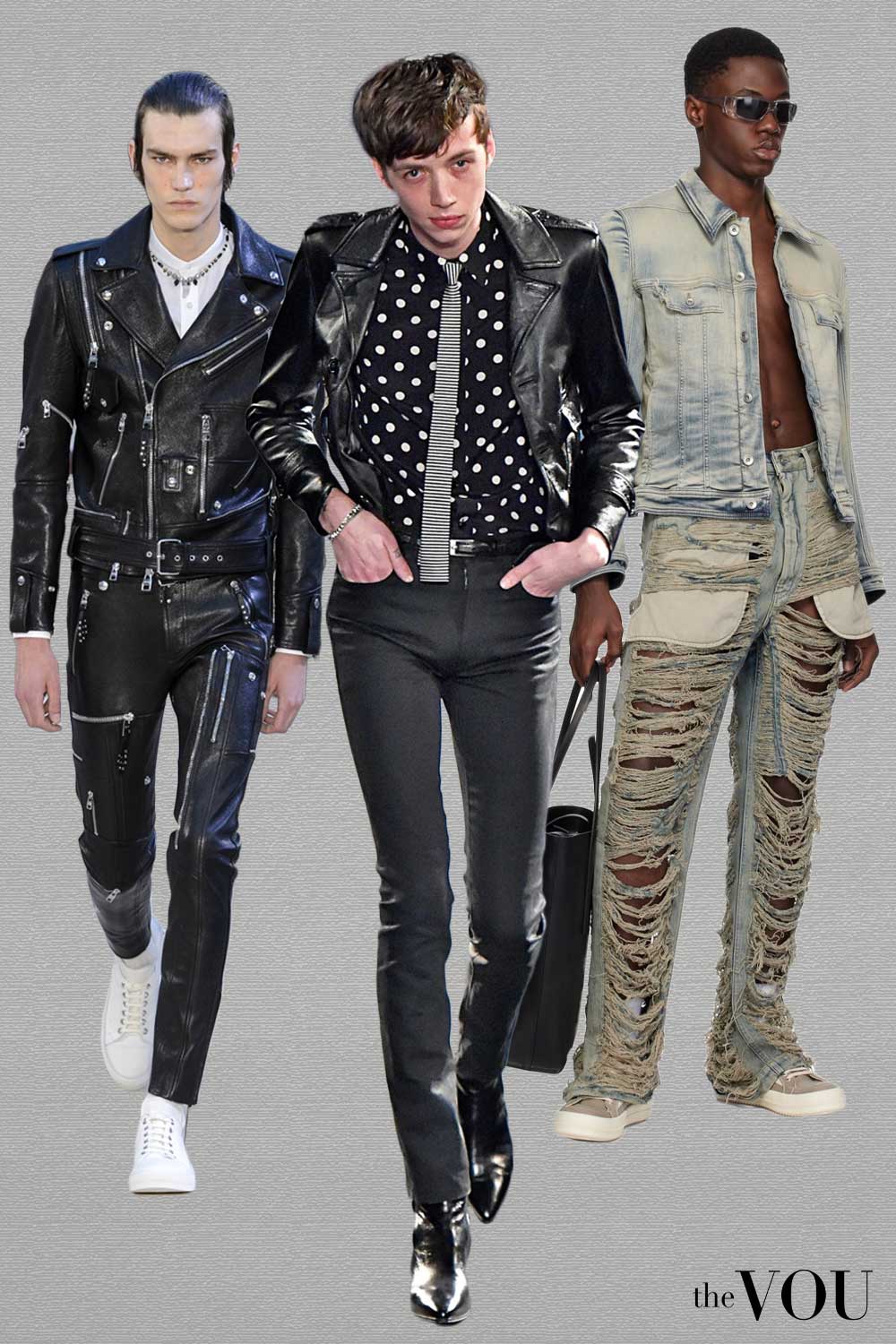
- Goth: A dark, dramatic style often featuring black clothing, heavy boots, and gothic-inspired accessories.
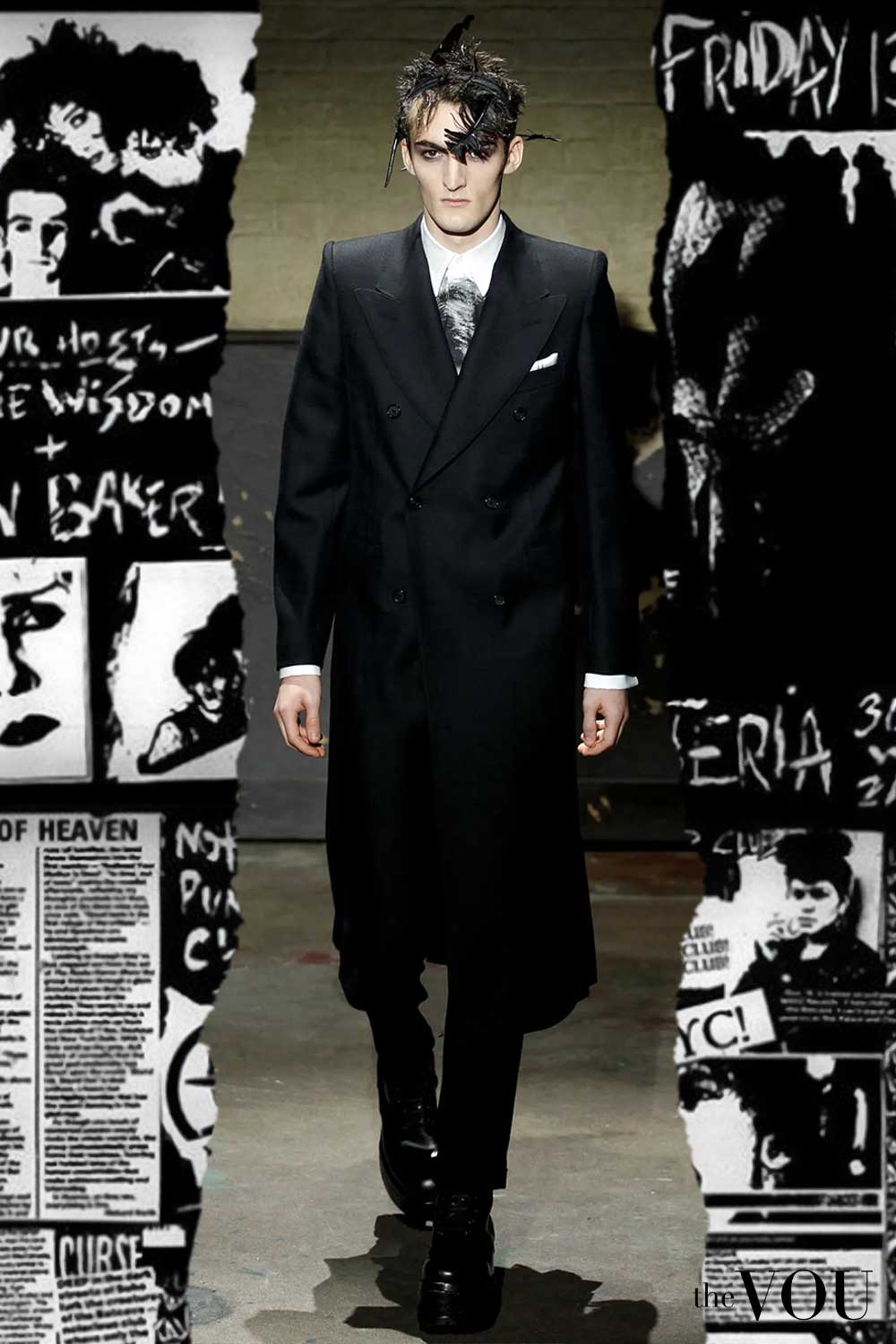
- Minimalist: A sleek, pared-down aesthetic focusing on simple silhouettes and a neutral colour palette.
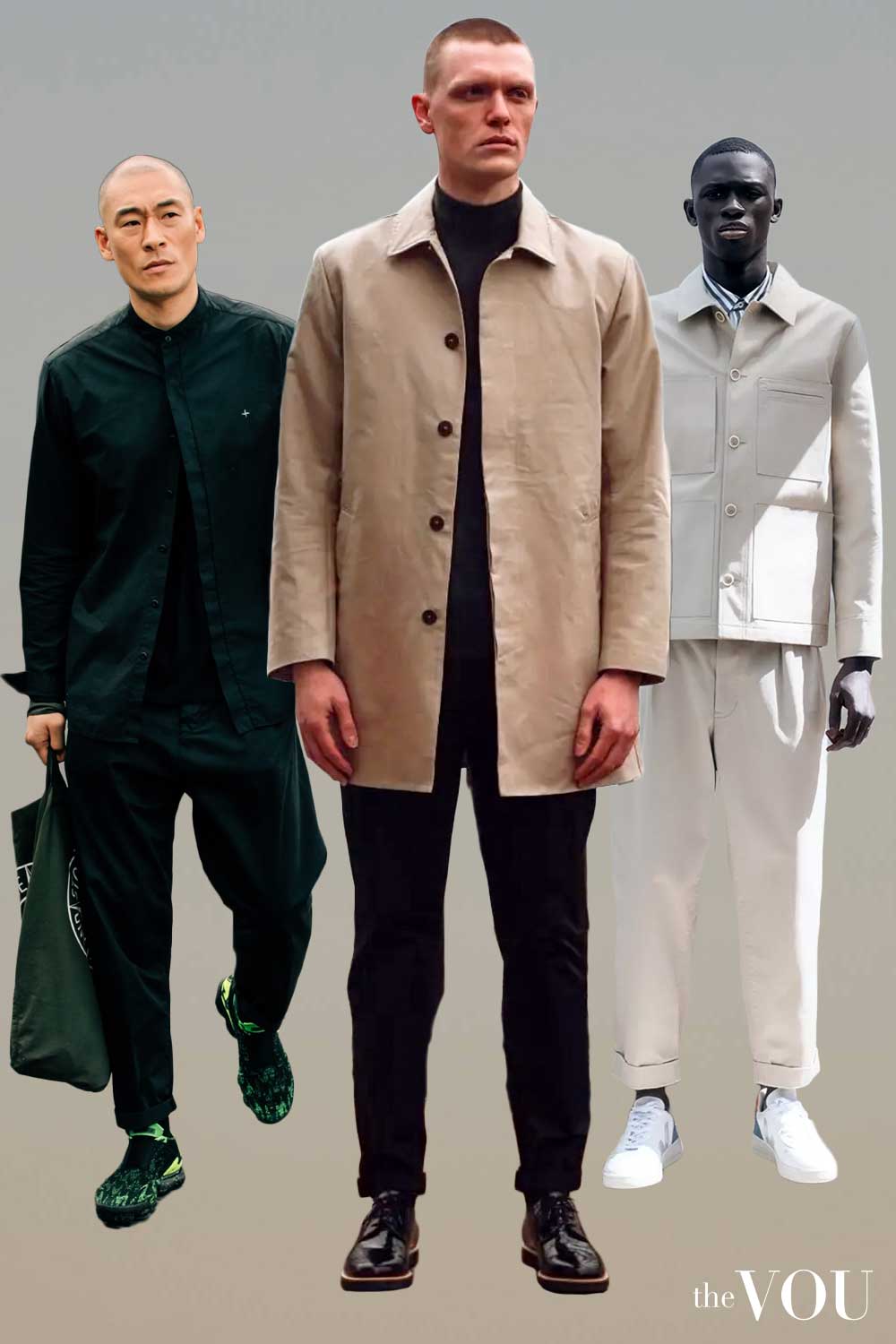
- Maximalist: A bold, eclectic style that embraces patterns, colours, and statement pieces.
- Streetwear: A casual, urban-inspired style that often includes trainers, hoodies, and graphic tees.
- Workwear: A style inspired by traditional labour wear, featuring durable fabrics, practical designs, and a rugged aesthetic.
- Hip Hop: A style influenced by urban culture, often featuring oversized clothing, bold jewellery, and designer trainers.
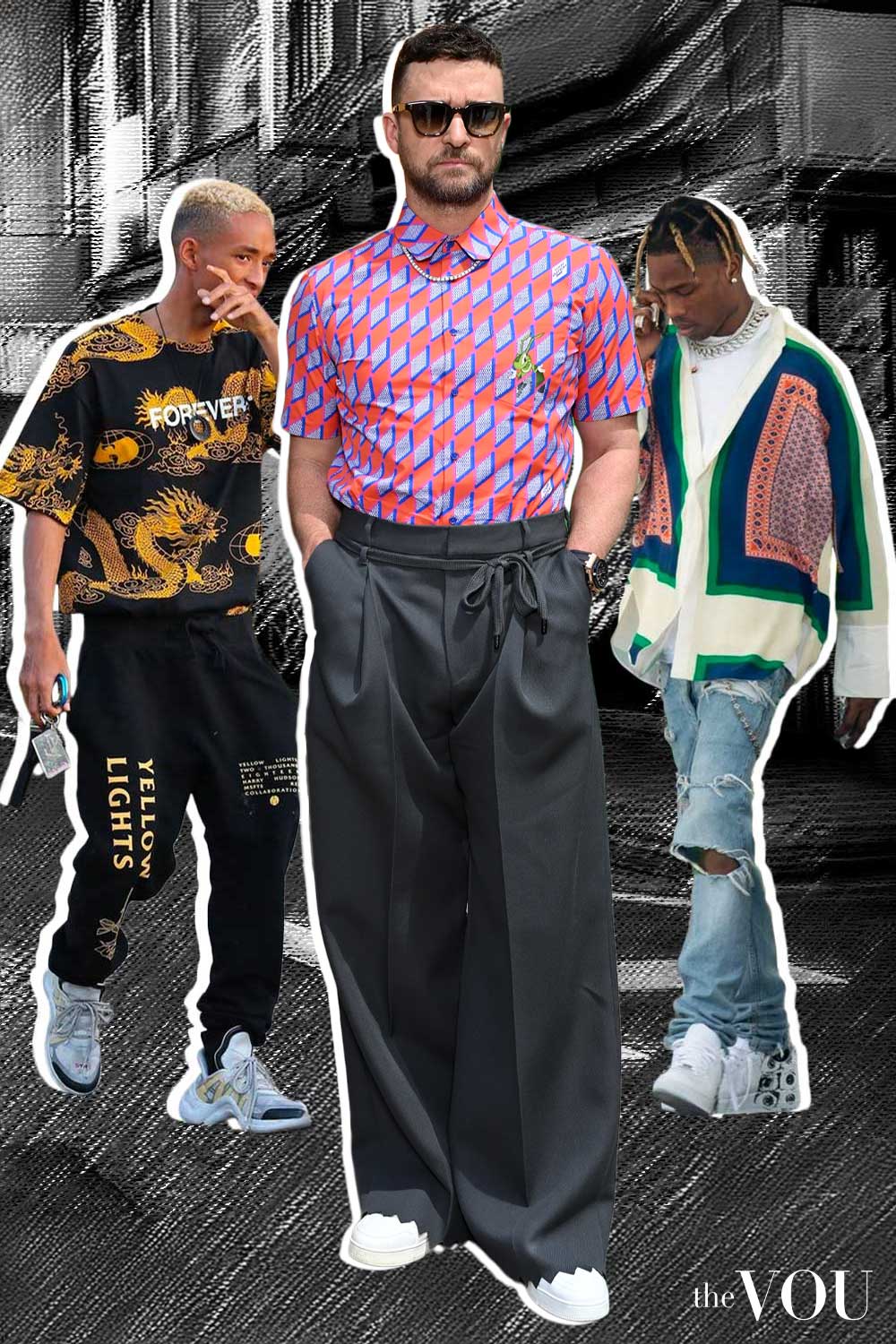
- Skater: A casual style inspired by skateboarding culture, including loose-fitting clothes, graphic tees, and skate shoes.
- Surfer: A laid-back style inspired by beach culture, featuring board shorts, flip-flops, and casual tees.
- Normcore: A style that embraces ‘averageness’, featuring unremarkable casual clothes.
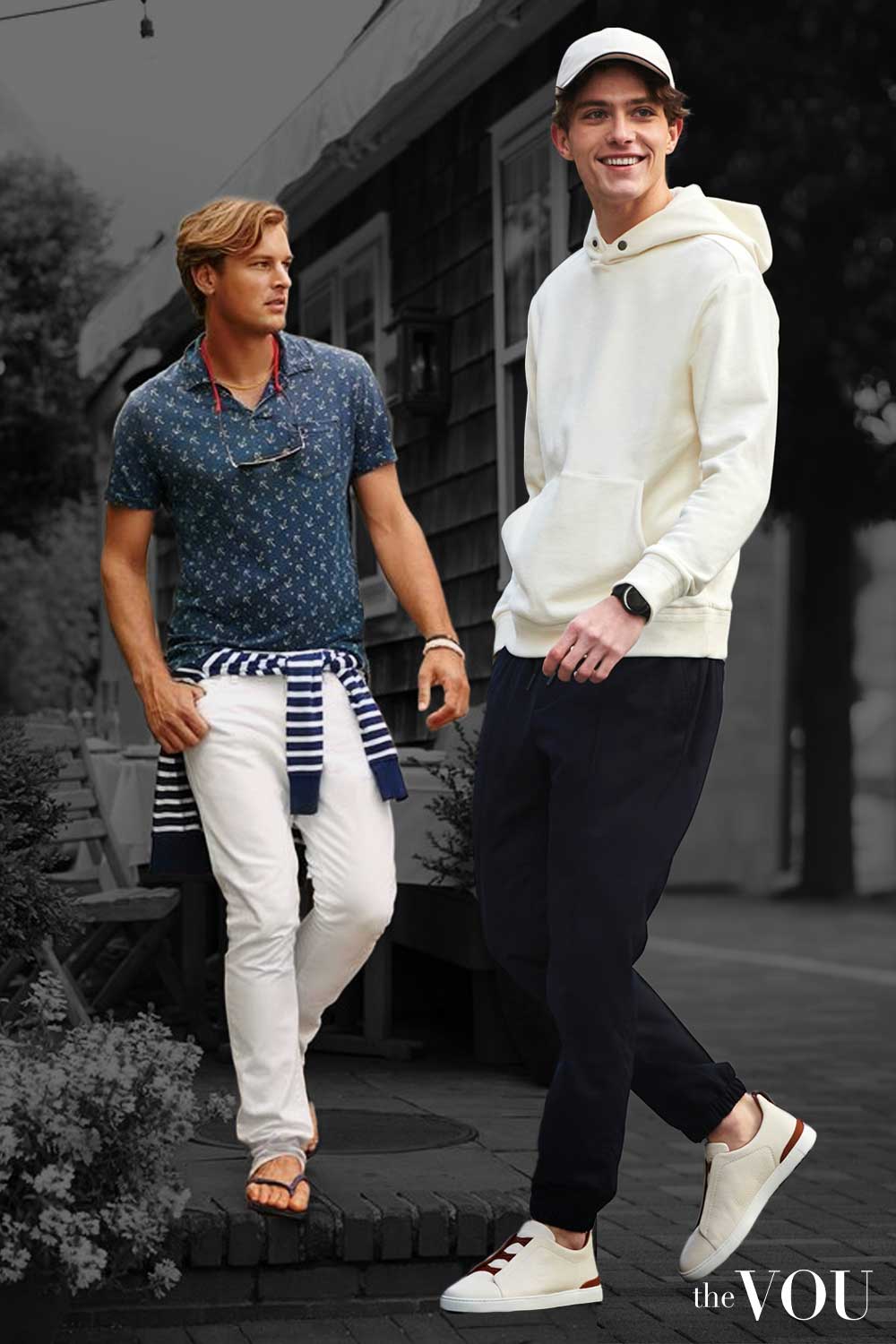
- Athleisure: A trendy style blending athletic wear with casual clothing, emphasising comfort and functionality.
- Techwear: A futuristic style that combines urban aesthetics with functional, often waterproof fabrics and innovative designs.
- Avant-garde: An experimental, cutting-edge style that pushes the boundaries of conventional fashion.
A skilled personal stylist should be able to explain these styles, their historical contexts, and how elements from each can be incorporated into your wardrobe.
They should also understand how to mix and match different style elements to create a unique look that’s tailored to you.
Moreover, your stylist should be able to guide you on how to adapt these styles to suit different occasions, from casual outings to formal events.
Also, a stylist must have a deep understanding of different dress codes and their formality levels, such as Morning Dress, White Tie, Black tie, Lounge Suit, Business Formal, Business Casual, Smart Casual, and Casual.
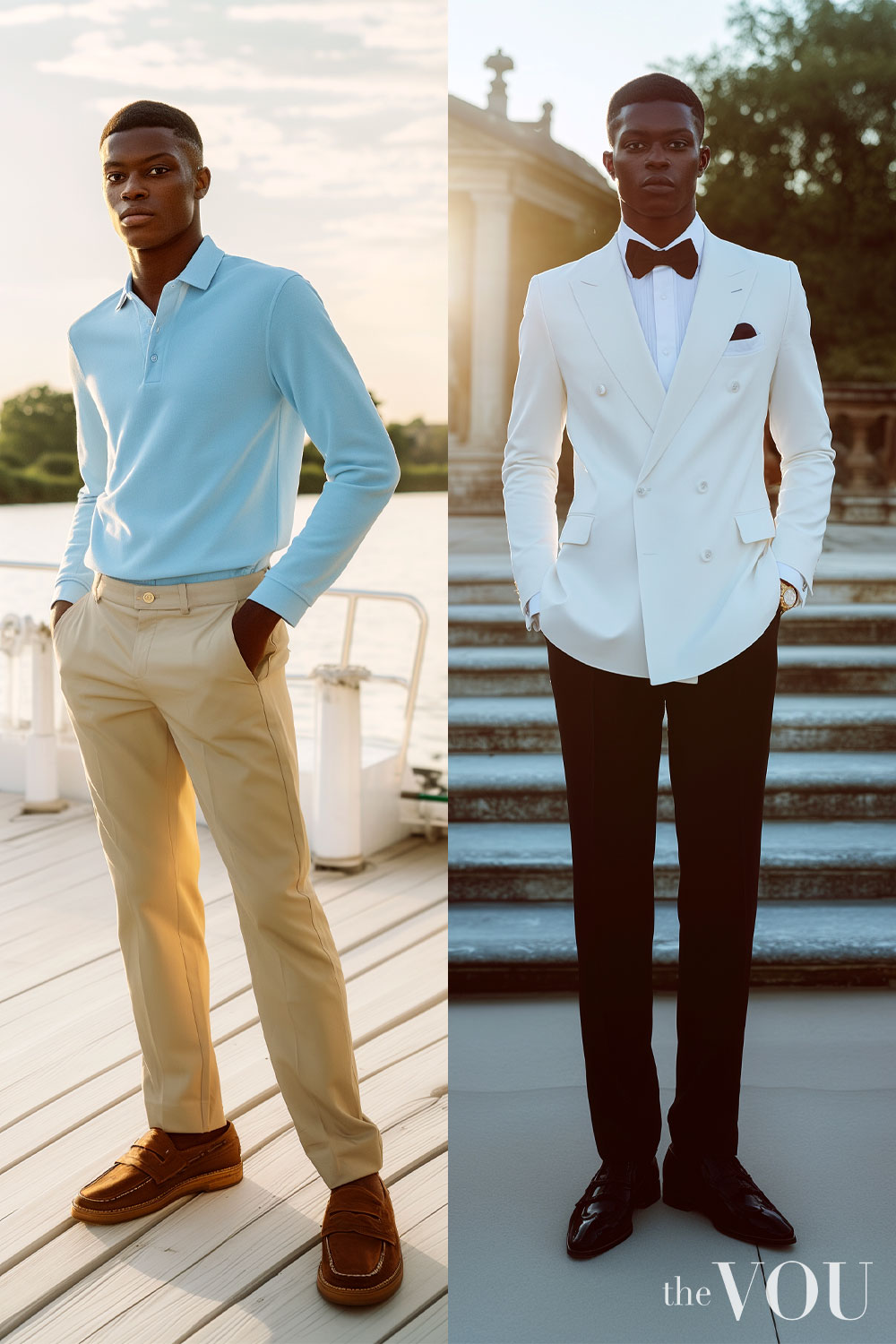
They should also be adept at helping you evolve your style over time, perhaps incorporating elements from different fashion aesthetics as your tastes and lifestyle change.
When interviewing potential stylists, ask them about their experience with these different styles.
A competent stylist should be able to provide examples of how they’ve helped clients incorporate elements of these styles into their wardrobes, and how they’ve mixed different aesthetics to create unique, personalised looks.
Remember, the goal isn’t necessarily to adhere strictly to one style, but to understand the elements of each and how they can be used to enhance your personal aesthetic.
A great personal stylist will help you navigate these various styles to create a wardrobe that’s both versatile and true to your individual taste.
Understanding Current Fashion Trends
A top-notch personal stylist should have their finger on the pulse of current fashion trends while also understanding which trends are fleeting and which have staying power.
They should be able to incorporate trendy elements into your wardrobe in a way that feels authentic to your personal style and lifestyle.
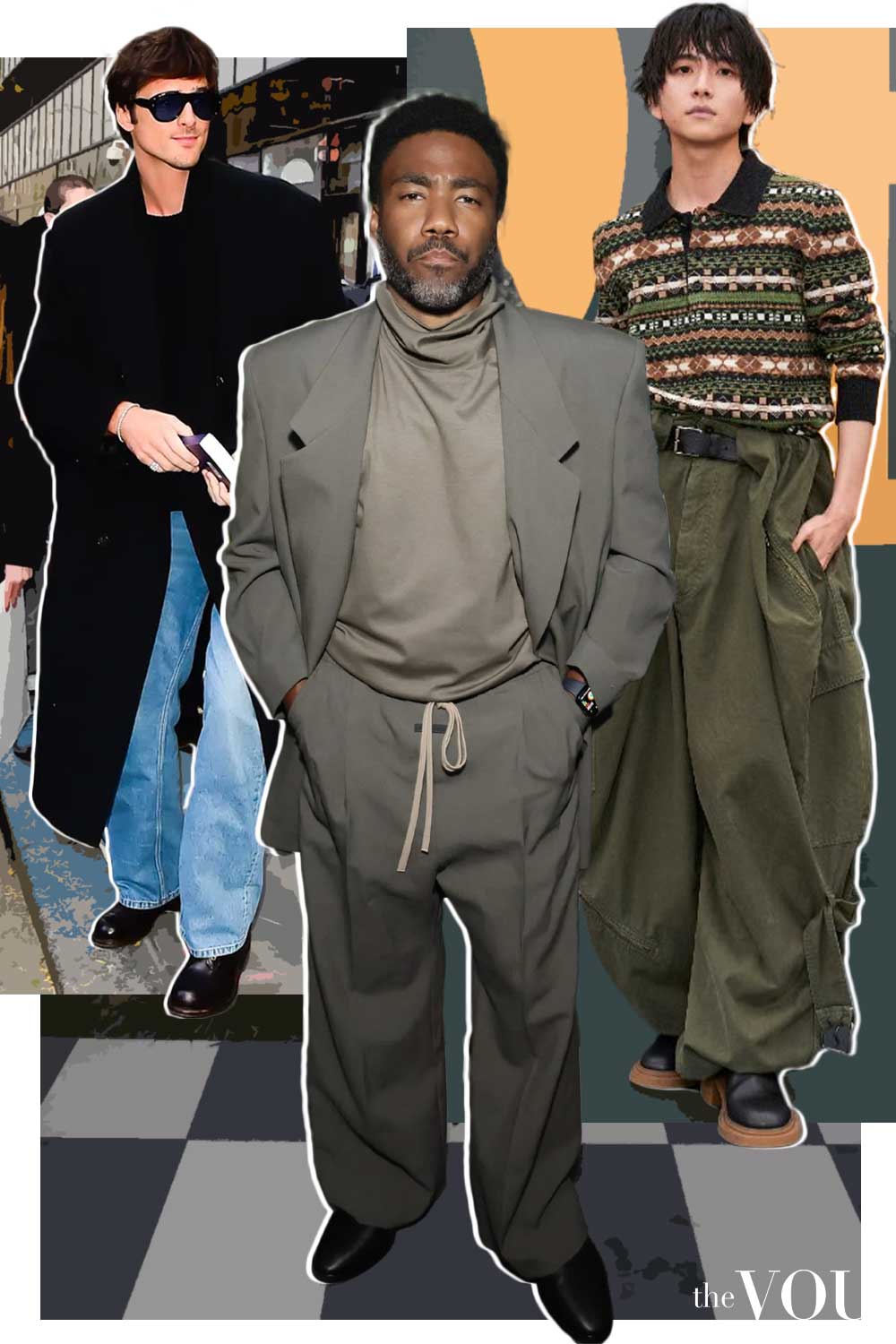
Look for a stylist who regularly attends fashion shows, follows reputable fashion publications, and has a strong presence on social media platforms where fashion trends are often showcased.
However, they should also be able to discern which trends will work for you specifically rather than pushing you to adopt every new fad.
Versatility in Styling
The best personal stylists can work with a variety of styles and aesthetics.
Whether you’re looking for a professional wardrobe overhaul, a casual weekend look, or outfits for special occasions, your stylist should be able to accommodate all of your needs.
Ask potential stylists about their experience with different styles – from classic and conservative to edgy and avant-garde.
A versatile stylist can adapt their recommendations to suit your personal taste, lifestyle, and the image you want to project.
Professional Qualifications and Experience
While there’s no single standardised qualification for personal stylists, look for professionals who have formal training in fashion design, styling, or image consulting.
Moreover, while personal stylists and image consultants may seem similar, they often have different qualifications and areas of expertise – understanding these differences can help you choose the right professional for your needs.
While there’s no single standardised qualification for personal stylists, look for professionals who have formal training in fashion design, styling, or image consulting.
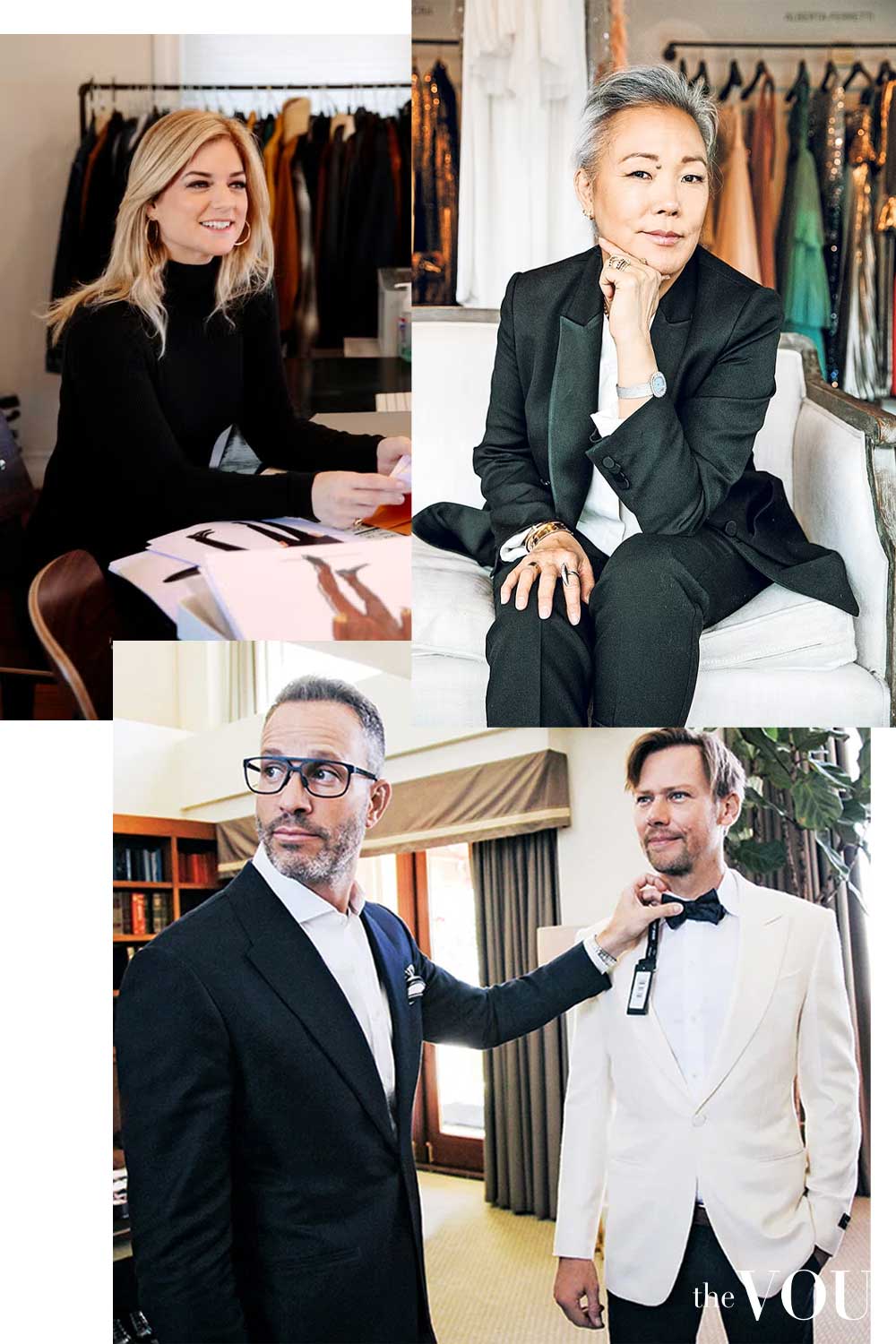
Certifications from reputable fashion institutes or membership in professional styling organisations can be good indicators of a stylist’s commitment to their craft.
Additionally, consider their years of experience and the diversity of their client base.
A stylist who has worked with various body types, professions, and personal styles will likely be better equipped to meet your specific needs.
Portfolio and Client Testimonials
Any reputable personal stylist should have a portfolio of their work and be willing to share client testimonials.
These will give you insight into their styling abilities, the range of looks they can create, and their clients’ satisfaction levels.
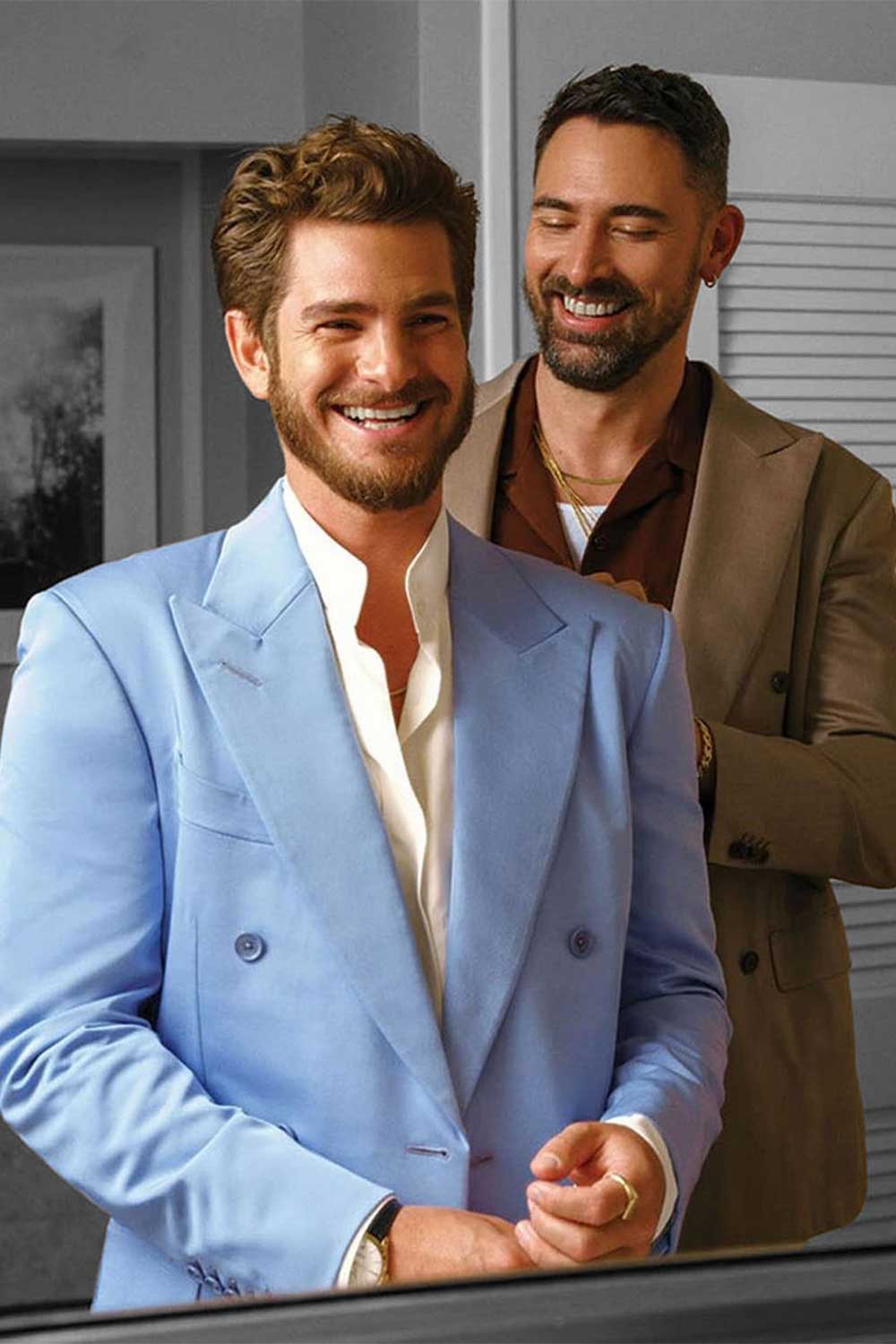
Don’t hesitate to ask for before-and-after photos or specific examples of how they’ve helped clients achieve their style goals. This can give you a concrete idea of what to expect from their services.
Communication Skills and Personality Fit
The relationship between you and your personal stylist should be collaborative and comfortable.
A good stylist will listen to your preferences, concerns, and goals, and communicate their ideas clearly and respectfully.
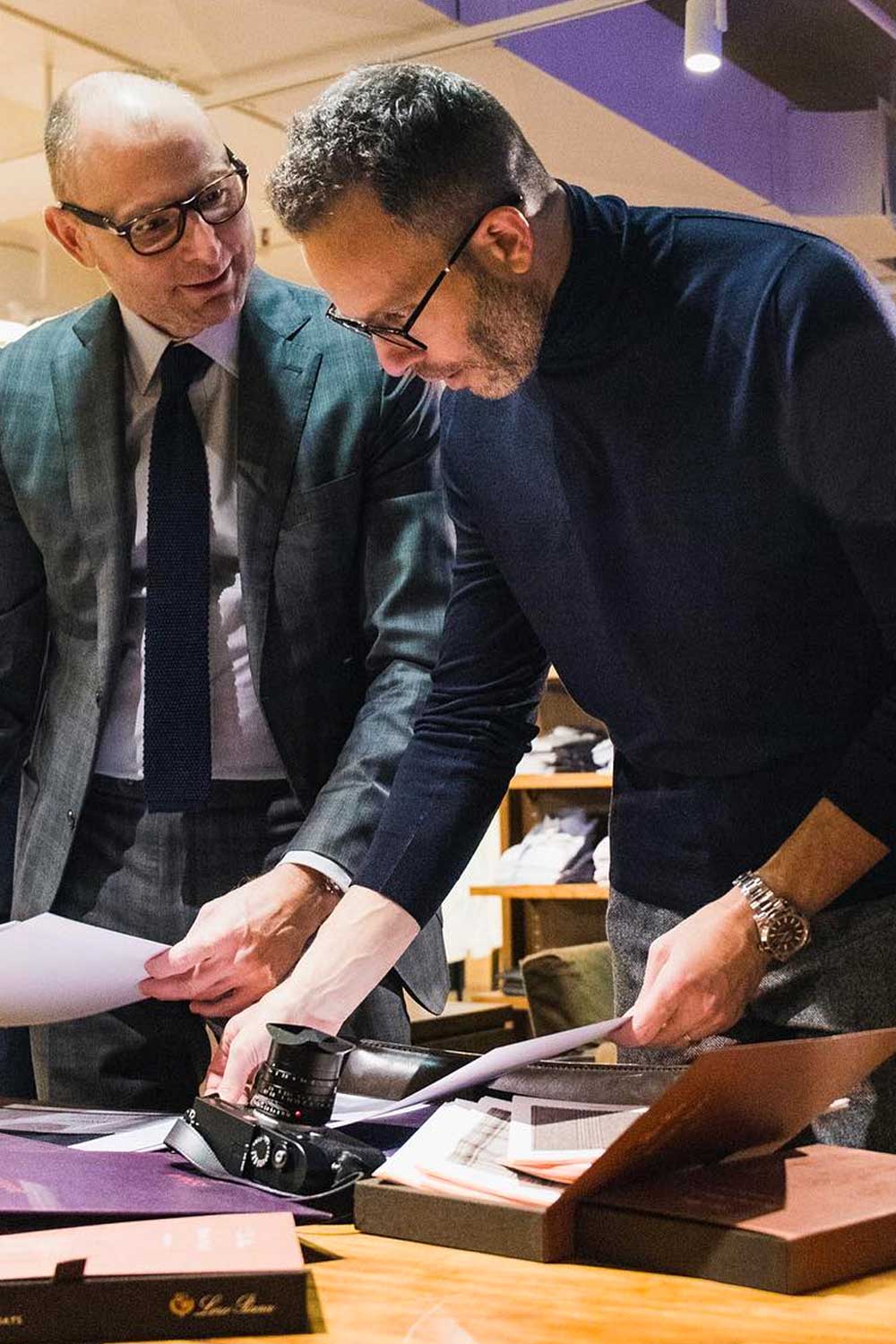
During your initial consultation, pay attention to how well the stylist listens to you and how effectively they explain their suggestions.
You should feel comfortable expressing your opinions and asking questions.
Services Offered and Pricing Structure
Personal stylists often offer services, from one-time consultations to ongoing styling support.
Many clients wonder if stylists provide the clothes as part of their service – understanding what’s included in styling packages can help you budget appropriately.
Some common services include:
- Wardrobe audit and organisation
- Personal shopping sessions
- Outfit planning and styling
- Style education and workshops
- Special event styling
Ensure that the stylist you choose offers the specific services you need and that their pricing structure aligns with your budget.
Be wary of stylists pushing expensive services or products you don’t need or want.
Conclusion
Choosing the right personal stylist is a crucial step in refining your personal image and boosting your confidence. If you’re wondering whether the investment in professional image consulting is worthwhile, consider the long-term benefits to your personal and professional life.
Factors such as expertise in body shapes and seasonal colours, knowledge of historical styles and the latest trends, qualifications, portfolio, communication skills, and services offered are critical in choosing a stylist who will help you look and feel your best.
Remember, the best personal stylist is one who understands fashion and takes the time to get to know you as an individual.
They should be able to translate your personality, lifestyle, and goals into a wardrobe that makes you feel authentically yourself and confidently stylish.
Take your time in the selection process, ask plenty of questions, and don’t be afraid to try out a few stylists before committing to a long-term relationship.
With the right personal stylist by your side, you’ll be well on your way to developing a signature style that sets you apart in your personal and professional life.
Style Like a True Gentleman
Before we say goodbye, here’s one of the best-kept secrets in men’s styling circles, a secret that only a few expert image consultants know or are willing to share.
First and foremost, professional styling requires knowing your unique body shape and seasonal colour palette – paramount factors in choosing perfectly fitting clothes in colours that complement your skin, eyes, and hair.
Only then can a stylist engage in styling by occasion, location, season, and time of day, with garments, footwear, and accessories from stylistically relevant, heritage fashion brands to depict high confidence and success.
Best part? You can find your body shape, seasonal colour palette, and ideal fashion style, in less than 5 minutes, by yourself, for free, thanks to our 4 simple steps:
1. Find Your Body Shape
Different garments flatter different silhouettes, so knowing your body shape is the first step in dressing like a confident man.
To find out your unique body shape, take our free body shape quiz for men.
Once you know your unique body shape, take the second free quiz to discover your unique colour palette.
2. Find Your Unique Colour Palette
Remember, the garments that compose your outfits come in various colours and you have to make sure that each hue complements your natural colour.
For that, you have to find out your seasonal colour palette, and you can do it by taking our free seasonal colour quiz for men.
3. Find Your Ideal Fashion Style
By now, you should already know your body shape and unique colour palette; the next step is to discover your ideal personal fashion style.
The fastest and simplest way is to take our free fashion style quiz for men; it includes your ideal style, outfit ideas, relevant fashion brands, and much more.
4. Professional Image Consultancy with The VOU
And if you want to style like a professional, by occasion, location, season, and time of the day, you can always ask our expert image consultants and fashion stylists for help.
Our styling services for men are the most comprehensive and detailed on the market, backed up by leading stylists who will guide you step by step in creating looks that communicate affluence, elegance, and endless accomplishments.
Remember, wearing luxury brands isn’t enough; to look stylish, confident, and successful, you must first know your body shape, colour palette, and ideal personal style, and only then style by occasion, location, season, and time of day.
Contact us today to save headaches, time, and money – it’s time to dress like a confident, successful gentleman of exquisite fashion taste – the first styling assessment is on us!
With over twenty years of front-row fashion and styling events, collabs with haute-couture houses, and a PhD in Luxury Fashion, Laurenti is an expert in crafting personalised looks that depict old-money sophistication.
With years of expertise in high-end fashion collabs and a PhD in Sustainable Fashion, Ru specialises in eco-luxe wardrobes for the modern gentleman seeking understated refinement.


